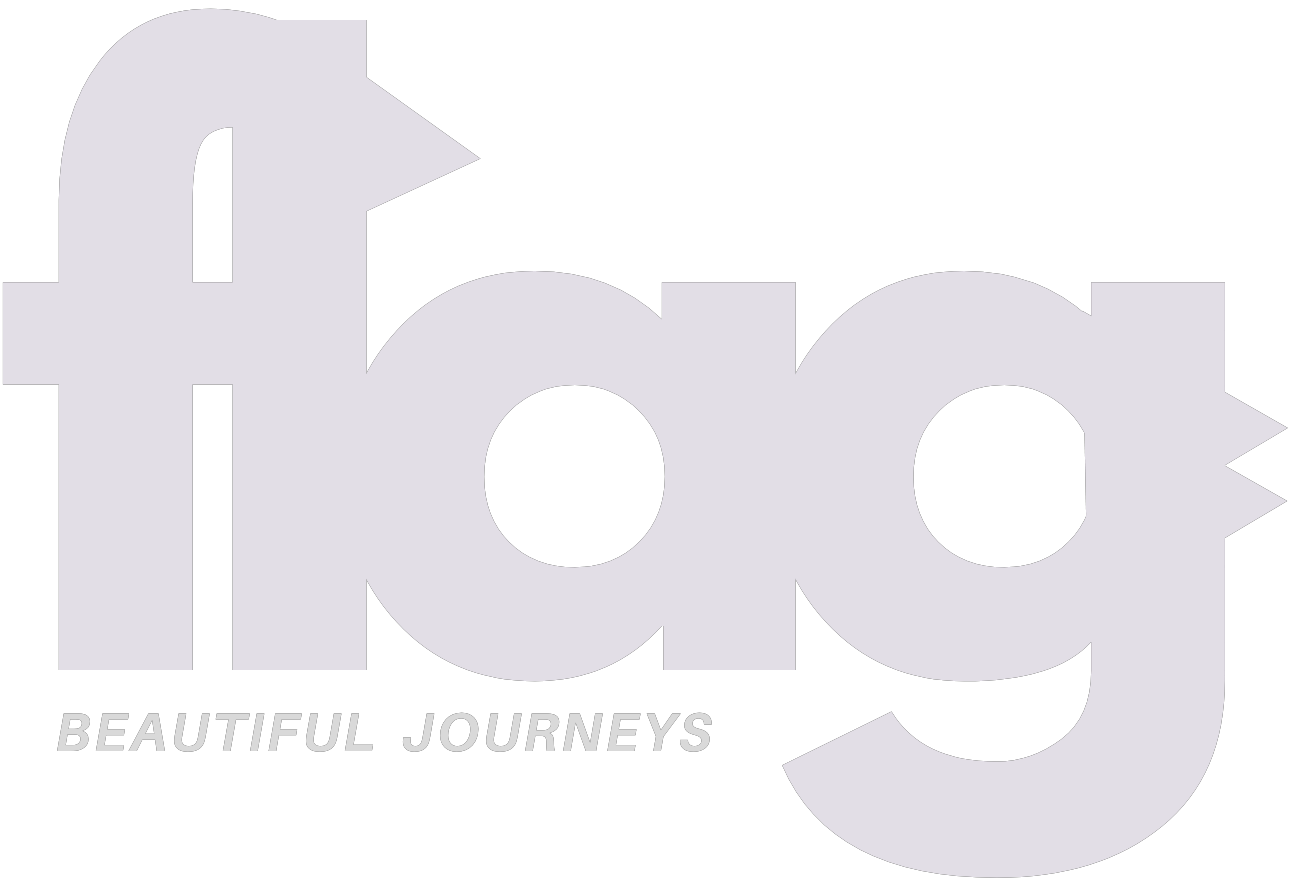

France: Time to Come Back
Spain is always a good idea, greece: i have a dream, italy is about us, charming andalucia, wine countries.
Chef-Curated Culinary Journeys to the REAL places
What means Belpaese?
Beautiful france.

Dream, Travel, Repeat.

Find your Journey
Discover Our Destinations
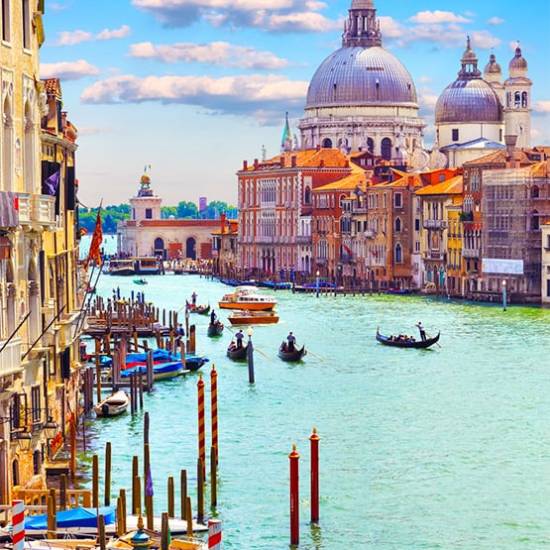
Exploring an Unforgettable World

Our Journeys

Sustainability

Local Experiences

Food and Wine

18 tour packages
Visit Italy
Lorem ipsum dolor sit amet, consectetur adipisicing elit. Alias assumenda aut deleniti distinctio dolorum, error et impedit iste iure laboriosam libero maiores nam nisi non omnis quia, sed unde voluptate.
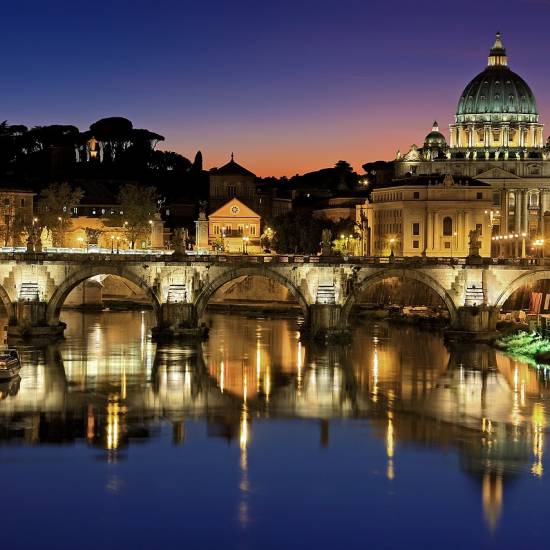
Absolute Italy 2024
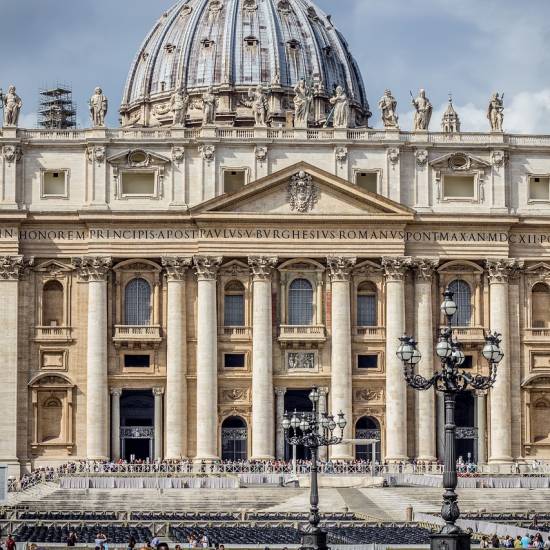
Italy By High Speed Train
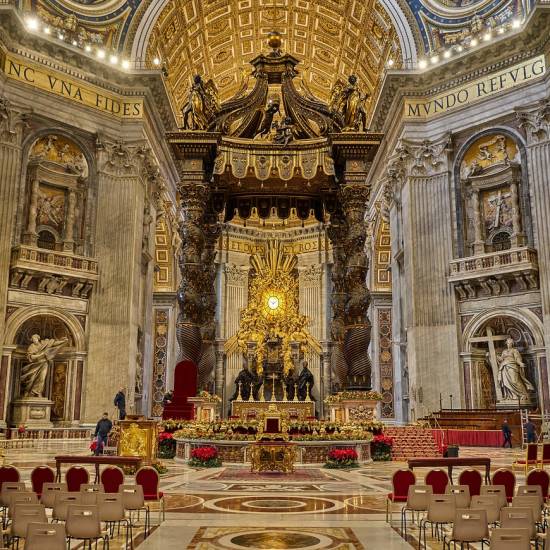
“Eco-Comfort” Tour Of Italy By Train
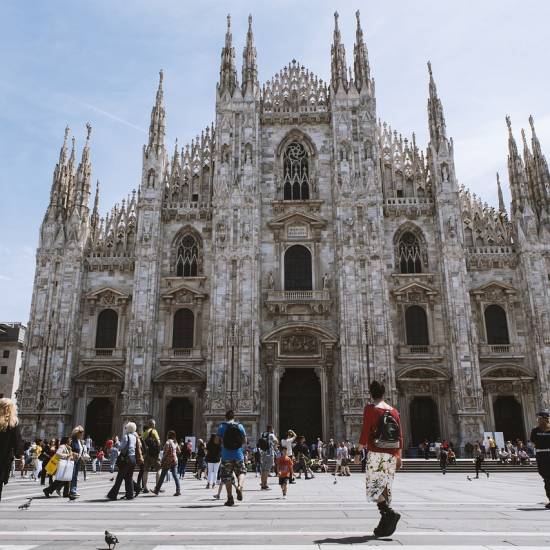
The Best Of Italy By train
4 tour packages
Visit Portugal
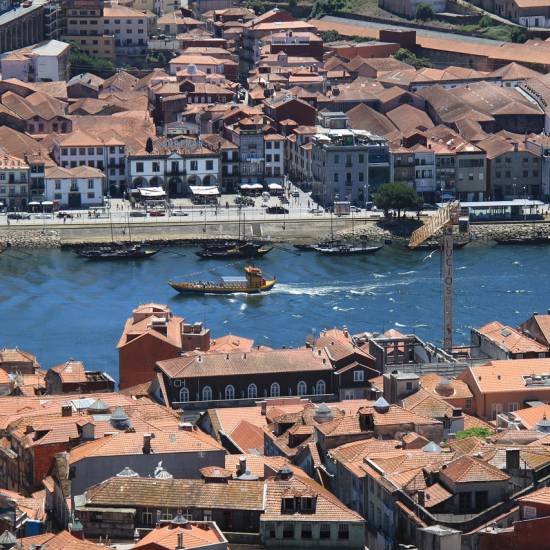
Discovering The Best Of Portugal
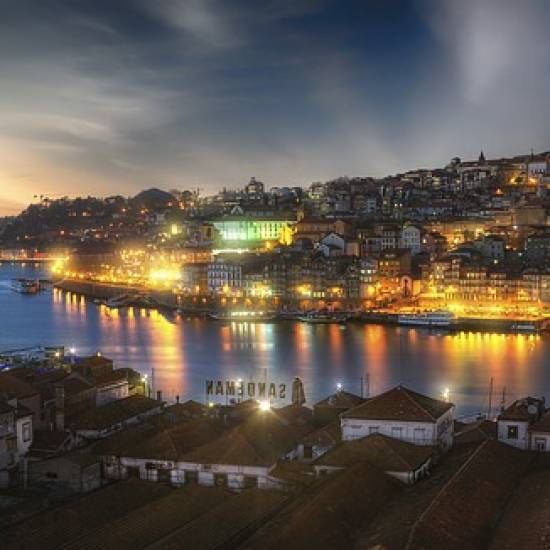
Wonders Of North Portugal
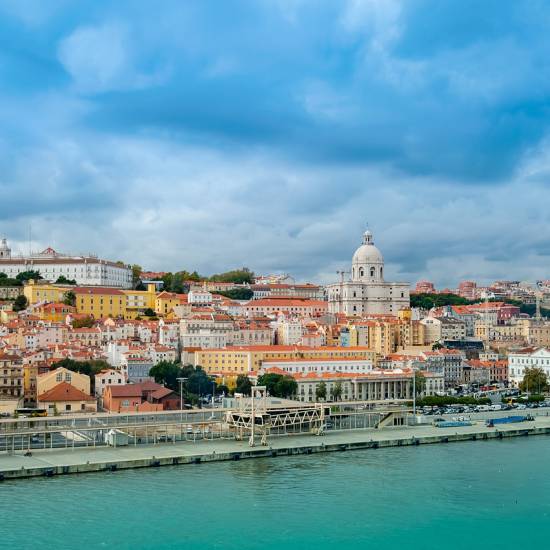
Wonders Of South Portugal
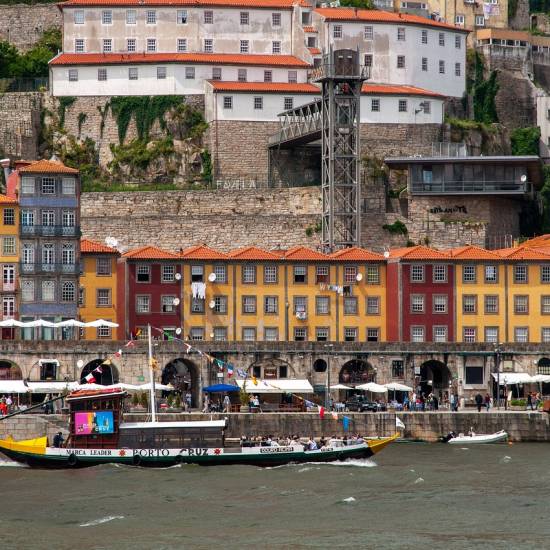
Portugal By High Speed Train
2 tour packages
Visit England
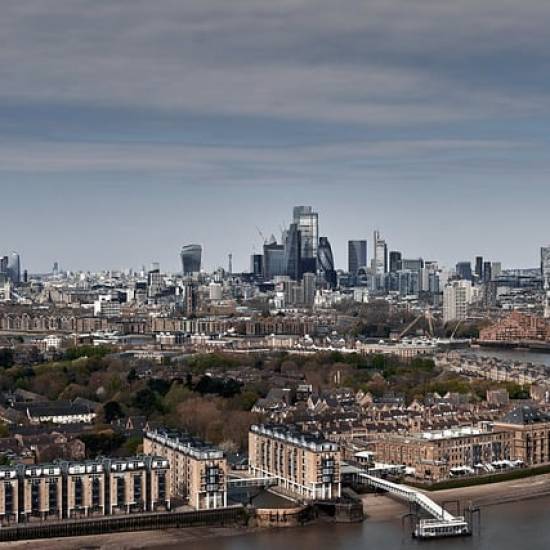
Exploring The Wonders Of Britain By Train
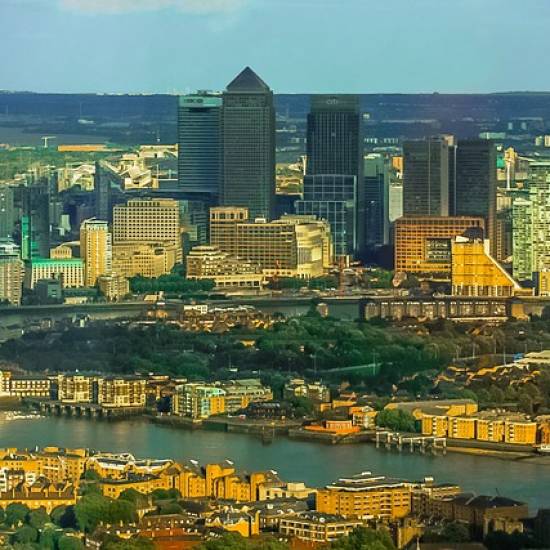
Best Of Great Britain
1 tour packages
Visit France
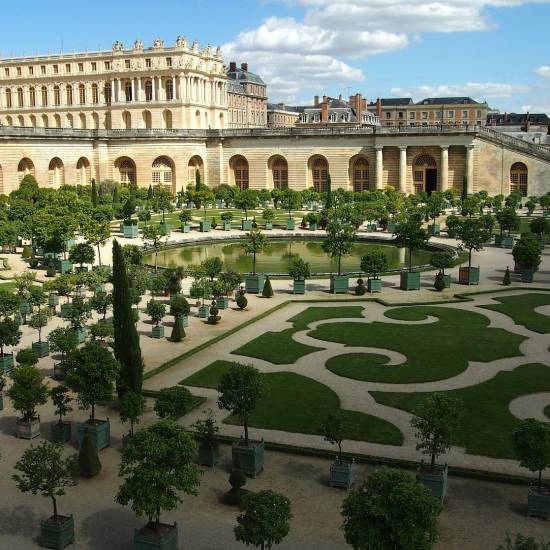
Paris & Provence
Letters from Europe
Read what our team have written for you
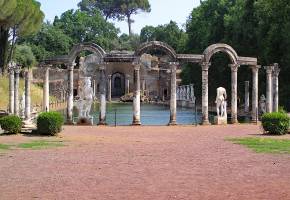
5 places outside Rome you cannot miss
Castelli Romani Reached easily in 30min by train or car, “Castelli Romani” – the Roman Castles – are a belt of towns on Rom...
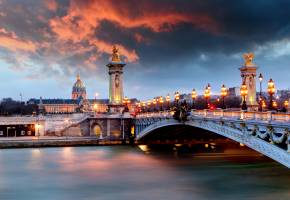
11 great museums to visit in Paris
Paris enchants visitors with its amazing artistic and cultural scene, ranging from world-famous art institutions to niche galleries. But with over 190...
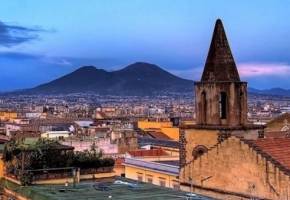
Naples - Europe's best street food
Strolling the food stalls of Naples is understanding the city’s culture, traditions and pride. Mobile cooking-stations, kiosks, cafés, tiny eaterie...
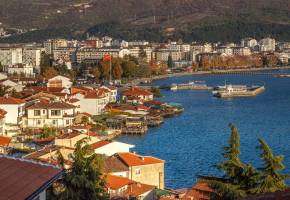
A new nascent, yet ancient destination: North Macedonia
Be among the first to propose a nascent but ancient destination: North Macedonia....

Home » Travel Guides » France » 15 Best Things to Do in Tours (France)
15 Best Things to Do in Tours (France)
It’s no mystery that Tours is a favourite base for people discovering the Loire Valley’s exalted châteaux.
Villandry, Chenonceau and Amboise are moments by car, and with the help of the Loire à Vélo network you can visit them on two wheels with ease.
But you may find that if you delve a little more into Tours’ history and attractions, it could be difficult to leave the city at all.
In the centre are timber houses and renaissance mansions on car-free streets, and museums that draw you into the city’s medieval past.
There are vineyards welcoming inquisitive oenophiles in the countryside and both the waters and banks of the Loire invite you to go wherever your sense of curiosity leads.
Lets explore the best things to do in Tours :
1. Tours Cathedral

Even by the glacial speed of construction in the middle ages, Tours Cathedral took a long time to be completed.
Building began in 1170 and wouldn’t be finished until 1547, but this means we’re met with a perfect summary of the evolution of gothic art.
The ensemble of original 13th-century stained glass windows in the ambulatory chapels and above the choir is one of the finest in France, and seems to generate its own light.
The cathedral has information panels giving you the meaning behind each image.
The marble renaissance tombs of King Charles VIII and Anne of Brittany’s children are also moving, as both died in infancy.
2. Musée des Beaux-Arts de Tours

The riches from Cardinal Richelieu’s 17th-century campaign against the Huguenots and the art seized from abbeys during the Revolution all ended up at Tours’ stellar museum of fine art.
Because of their religious source there’s a good body of Italian gothic primitives from the 14th and 15th centuries, while the two renaissance paintings by Andrea Mentegna are regarded as masterpieces.
You’ve got over a thousand artworks to get through, with sculpture by Rodin, Flemish and Dutch painting by Rembrandt and Rubens, and Impressionism by Monet and Degas.
3. Tours Botanical Garden

The city’s municipal garden has a bit of a troublesome setting, between the Loire and Cher, which made it susceptible to flooding in the past, with two devastating inundations in the mid-19th century that filled the greenhouses with two metres of water.
Even after being hit by bombs in the Second World War there isn’t the slightest hint of a troubled past at these serene gardens.
On your walk you may notice some trees you haven’t seen before, like the Chinese empress tree, ginkgo biloba and the endangered dawn redwood.
The animal park is from 1863 and has farm animals for kids to bond with, as well as more exotic species like wallabies.
4. Le Vieux Tours

Like all the best historic city centres the historic buildings on the pedestrian streets around Place Plumereau aren’t sterile museum pieces but vibrant cornerstones of local life, used as shops, restaurants and bars.
Place de Plumereau is at the nerve centre of one of the largest conservation areas in Europe, with renaissance mansions boasting sculpted reliefs or cantilevered timber houses, going strong for hundreds of years.
If you’re OK with everybody knowing you’re a tourist, jump aboard the little train that departs every hour from Place Plumereau in summer.
5. Musée du Compagnonnage

In the 16th-century Dormitory at the former Abbey of Saint-Julien is a museum devoted to a French workers’ movement that dates back to medieval times.
Roughly, the Compagnons du Tour de France is like a guild of journeymen that preserves historic trades and educates young people about them as part of an apprenticeship.
To complete the apprenticeship and become a “companion” a craftsman had to create a masterpiece for whatever discipline he worked in.
And these dumbfounding creations are presented at the museum, in all kinds of different disciplines, like metalwork, tailoring, shoemaking and woodcarving.
6. Hôtel Goüin

What may be the most beautiful of Tours’ many old building has just come through a long restoration and is open to the public once more.
Hôtel Goüin is an early-renaissance palace on Rue du Commerce, with a balustraded porch and the sort of loggia in which you might expect to see Juliet calling for Romeo.
During the restoration they unearthed fragments of an older building from the 1100s, with four arches and a well, which are on show.
You might just want to stop for a photo of that magnificent facade, but there’s an archaeological museum inside with artefacts from Roman times up to the 1800s.
7. Halles de Tours

Billed as the “Belly of Tours” (ventre de Tours), the city’s indoor market may not be France’s largest, but it’s a gastronome’s idea of heaven.
You may even want to bring your camera or have your phone at the ready, because the cheese, charcuterie, seafood and in-season fruit and vegetable counters are presented with real flair.
If you’re stuck for gift ideas then markets like this tick the box as they’re stocked with all the best from the region.
At Tours that entails wine from the Loire Valley and luxury chocolate.
The city is one of France’s chocolate capitals, and every years holds the Salon du Chocolat de Tours at the Centre de Congrès Vinci.
Come for lunch too: The oyster bar shucks your oyster as you go.
8. Jardin des Prébendes d’Oé

During the French Second Empire from the mid-1800s English-style parks like this one popped up in provincial cities across France.
This was a spot for urban families to take promenades, kids to play and for the city to put on outdoor concerts at the park’s gazebo.
There’s less of the formality of French parterres, as paths weave through tulip flowerbeds and copses of lime, plane, cedar, chestnut and lofty redwood trees.
So if you could do with a moment of repose take a wander by the pond and pause for a tea or coffee at the kiosk.
On warmer days you could load up on cheese and charcuterie at the market and have the perfect French picnic.
9. Église Saint-Julien de Tours

The predecessors of this 12th-century abbey were wrecked by the Normans in the 9th century and then in a war between the feudal houses of Blois and Anjou in the 10th century.
But miraculously the building that followed has survived everything from the French Revolution to the Second World War.
It was part of a long-gone abbey, and the garden next to the church is where the cloister used to be, while the Musée de Compagnonnage occupies the old dormitory.
10. “Toue” River Cruises

Commercial craft floated along the Loire and Cher since antiquity, hauling people, wine, silk, lumber, salt and all sorts of other cargo up and down these rivers.
Because the waterways can get very shallow they used flat-bottomed sailboats called “toues”, and you can too! Toues can carry between 12 and 30 passengers for hour-long trips, or even romantic dinner cruises in the evening.
Their skippers know these waters and banks like the backs of their hands: And with the deck as your balcony, they’ll shed light on the Tours’ river trade, its many colourful characters and perils.
11. Loire à Vélo

If you had to picture some quintessentially French holiday activities, a bike ride next to the Loire with a backdrop of gentle vine-striped hills and châteaux must be one of the first that comes to mind.
About 150km of the of the Loire à Vélo cycle trail’s totalling 800km are in the Touraine region.
The route is clearly-marked, easy -going because it never leaves the riverside and convenient as there are dozens of hire stations along the way.
You could give yourself set destinations like Amboise or Villandry, which are both reachable in about an hour.
Or make more of an adventure of it by going further afield and spending the night at the inns on the route that are happy to accommodate cyclists.
12. Guinguette sur Loire

On the left bank of the Loire, just by Pont Wilson, is where Tours’ “Guinguette” takes place from May to September.
It isn’t officially summer in Tours until this outdoor café by the river is bustling every evening with locals and tourists at the bar terrace, taking part in dance lessons, enjoying concerts or watching movies at the outdoor cinema.
Tours is a student city so the atmosphere is always warm and energetic.
The location is wonderful, under willow trees and string lights, with the river rolling past.
And every year there Guinguette has something new on the schedule.
13. Wine and Gastronmic Visits

If you’re a wine-lover you’ve come to the right place.
There’s an absurd amount of AOCs nearby: A dozen within an hour, and five bordering the city.
The diversity will make your head spin more than the wine itself, with the reds of Touraine-Chenonceau, the whites of Touraine Sauvignon and rosés made in Touraine noble joué.
When it comes to precious foodstuffs there’s a saffron market in Preuilly-sur-Claise and a seasonal truffle market at Marigny-Marmande.
The local cheese, Sainte-Maure-de-Touraine is known to all for its cylindrical shape and the straw that pierces it through the centre.
To know more, pay a visit to the dairy at Les Passerelles or the child-friendly goat farm, Cabri au Lait, which makes Sainte-Maure but also has a petting zoo for the little guys and girls.
14. Château de Villandry

It would be criminal to visit Tours and not call in at one of the abundant château in the region.
Tours is touted as a gateway for these sensational pieces of French royal or noble heritage.
You can reach Villandry in 20 minutes, and it’s one of the finest.
The gardens are the showstopper at this château.
They were restored at the turn of the century by the Spanish doctor Joachim Carvallo.
He conceived several terraces of renaissance gardens, all with precisely trimmed boxwood hedges in joyous geometric configurations.
There’s a water garden, labyrinth, sun garden, ornamental garden with high hedges, but the most astounding is the formal medieval kitchen garden, all in neat plots.
15. Château d’Amboise

The home of Francis I and most of the French royalty in the 16th century is a 20-minute car or train ride to the east.
The château had its heyday in the renaissance period after Charles VIII turned it from a fortress into the Loire valley’s first Italian-style palace in the late-1400s.
In 1516 Francis I invited Leonardo da Vinci to live and work in Amboise, and the polymath’s home at Clos Lucé was actually connected to the Château d’Amboise by underground passageways that you can discover today by prior arrangement.
Da Vinci died here in 1519 and is buried at the Chapel of Saint-Hubert at the Château.
The gardens are embellished with spherical topiaries and the views from this spur above the Loire are divine.
15 Best Things to Do in Tours (France):
- Tours Cathedral
- Musée des Beaux-Arts de Tours
- Tours Botanical Garden
- Le Vieux Tours
- Musée du Compagnonnage
- Hôtel Goüin
- Halles de Tours
- Jardin des Prébendes d'Oé
- Église Saint-Julien de Tours
- "Toue" River Cruises
- Loire à Vélo
- Guinguette sur Loire
- Wine and Gastronmic Visits
- Château de Villandry
- Château d'Amboise
The Good Life France
Everything You Want to Know About France and More...
History of the French Flag
- Janine Marsh
- Culture & Icons

The French call their flag Le drapeau tricolore. English speakers know it as the French Tricolore. It’s one of the most iconic flags in European history. But how did it come to be?
The evolution of the French Flag
The flag of France before the French Revolution featured the fleur-de-lis on a blue background. The Bourbon family who ruled from the late 1500’s to the time of the French Revolution (and for a short while in the 1800s) had a white flag with gold fleur-de-Lis.
As a symbol of the despised royal family and aristocracy, come the French Revolution, the fleurs-de-lis had to go. During the uprising the blue and red colours of the Paris flag as we know it, were taken up by the militia. It was based on the blue and red rosettes they wore. They came about thanks to Marie Joseph Yves Gilbert du Motier, Marquis de Lafayette. He was made commander of the newly formed National Guard (a national police force) in 1789. And he created a rosette of red, white and blue for his force. It’s thought to be the first time the colours were used to represent France.
Now you might think it odd that an aristocrat was appointed to this position when all around him were losing their heads. But he was a hero of the people after going to America to fight in the American Revolution. When he returned he joined the cause of the revolutionaries in France. The colours were adopted for the French flag. And, for a while the flag even featured a rooster, another emblem of France.
The flag underwent a short-lived amendment when Napoleon Bonaparte added gold eagles. Then it was abolished for a few years when France become a constitutional monarchy again (1830-1848). It finally made a come-back when France returned to being a republic.
Read about Picpus Cemetery , Paris where the Marquis de Lafayette, French hero of the American Revolution is buried. Here each year there is a remembrance service on 4th July.
Latest Posts

Recipe for classic French lemon tart

Recipe for classic French frangipane and fruit tarts

How to make French style sweet pastry

Top wine experiences in the Golfe de Saint-Tropez

May Day in France Podcast

Luxury customized tours and vacations in France
Related posts.

Superstitions and weird beliefs of the French

The fascinating history of the Eiffel Tower

The A to Z of Christmas in France

The Last Bell Makers of France
Get updates and stay connected - subscribe to our newsletter.
Everything You want to know about france and more…
The Good Life France is the leading independent website about all things French from travel to culture, gastronomy to property and practical guides & more…
Let's get social
- Go to the main menu
- Go to the mobile menu
- Go to main content
- Press Room Press Room

- Increase text size
- Decrease text size
- Add our RSS feed
The French Flag
- Share on Twitter
- Share on Facebook
- Partager sur Linkedin
The "tricolore" (three-colour) flag is an emblem of the Fifth Republic. It had its origins in the union, at the time of the French Revolution, of the colours of the King (white) and the City of Paris (blue and red). Today, the "tricolour" flies over all public buildings. It is also flown at most official ceremonies, both civil and military.
In the early days of the French Revolution, the three colours were initially brought together in the form of a cockade. In July 1789, just before the taking of the Bastille, Paris was in a state of high agitation. A militia was formed; its distinctive sign was a two-colour cockade made up of the ancient colours of Paris, blue and red. On July 17, Louis XVI came to Paris to recognize the new National Guard, sporting the blue and red cockade, to which the Commander of the Guard, Marquis de Lafayette, it appears, had added the royal white.
The law of 27 pluviôse, Year II (February 15, 1794), established the "tricolore" as the national flag. At the recommendation of the painter Jacques-Louis David, the law stipulated that the blue should be flown nearest the flagstaff.
Throughout the 19th century, the blue of the legitimist royalists contended with the three colours inherited from the Revolution. The white flag was re-introduced under the Restoration, but King Louis-Philippe reinstated the "tricolore," surmounting it with the Gallic rooster.
During the Revolution of 1848, the provisional government adopted the "tricolore," but the people on the barricades brandished a red flag to signal their revolt.
Under the Third Republic, a consensus gradually emerged around the three colours. From 1880 onwards, the presentation of the colours to the armed forces, each July 14, came to be a moment of high patriotic fervour.
While the Comte de Chambord, claimant to the French throne, never accepted the "tricolore," the royalists ended up rallying round the national flag at the time of the First World War.
The French Flag Today
The constitutions of 1946 and 1958 (article 2) instituted the "blue, white and red" flag as the national emblem of the Republic.
Today, the French flag can be seen on all public buildings. It is flown on the occasion of national commemorations, and it is honoured according to a very precisely-defined ceremony. The French flag frequently serves as a backdrop when the French President addresses the public. Depending on the circumstances, it may be accompanied by the European flag or the flag of another country.
Source: Website of the Elysée (in French)
Useful links
- More information on the website of the Ministry
- Official website of the French Government
- Official website for tourism in France (Atout France)
- Official website for international business development (Business France)
France National Flag: History, Symbolism, and Facts
France, one of the most prominent countries in Europe, is renowned for its rich cultural heritage, history, and landmarks. The France National Flag, also known as the Tricolor, is an iconic symbol of the country’s patriotism and sovereignty. In this article, we will explore the history, symbolism, and fascinating facts about the France National Flag.
Table of Contents
History of France National Flag
The history of the France National Flag dates back to the Middle Ages. During the reign of King Louis VII (1137-1180), blue and red flags adorned with golden fleurs-de-lis were used by the French knights. However, the current Tricolor was not introduced until the French Revolution of 1789.
The Bourbon Flag
Before the French Revolution, the Bourbon Dynasty ruled France. The Bourbon Flag, also known as the Royal Standard of France, was a white flag adorned with golden fleurs-de-lis. It was widely used by the French Army and navy.
The Revolution Flag
During the French Revolution, a new flag was adopted to represent the revolutionary government. This flag was inspired by the red and blue cockade, which was a symbol of the revolutionaries. The flag consisted of three vertical stripes: blue, white, and red.
The Modern Flag
After the revolution, the Tricolor became the national flag of France. The current design of the flag was adopted on February 15, 1794. It is composed of three vertical stripes of equal width: blue, white, and red.
Symbolism of France National Flag
The colors of the French flag have different symbolic meanings.
The blue stripe on the French flag represents the virtues of liberty, progress, and the human spirit. It is also associated with Saint Martin, the patron saint of the French Army.
The white stripe represents peace, unity, and purity. It is also a symbol of the French monarchy, which was abolished during the French Revolution.
The red stripe represents fraternity, courage, and the bloodshed during the French Revolution. It is also associated with Saint Denis, the patron saint of France.
How the France National Flag is Used in France
The France National Flag is used in various national events and occasions.
National Holidays
The flag is flown on national holidays, such as Bastille Day (July 14) and Armistice Day (November 11). On these days, parades and ceremonies are held throughout France.
Sports Events
The French flag is also displayed during sports events, such as the Tour de France and the Rugby World Cup.
The French Army and navy use the Tricolor as their national flag. It is also flown on warships and military bases.
Here are some fun facts about the France National Flag:
The Tallest Flagpole
The tallest flagpole in France, measuring 60 meters (197 feet), is located in the city of Lille. The flagpole is adorned with a giant French flag measuring 10 meters by 15 meters (33 feet by 49 feet).
The Largest Human Flag
In 2013, over 15,000 people formed a human flag on the Champs de Mars in Paris. The event was organized to commemorate the 150th anniversary of the France National Flag.

The Oldest National Flag
The France National Flag is one of the oldest national flags in the world. It has been in use for over two centuries.
Here are some frequently asked questions about the France National Flag:
- What is the origin of the France National Flag?
The current Tricolour was adopted during the French Revolution of 1789. It was inspired by the red and blue cockade, which was a symbol of the revolutionaries.
- What do the colors of the French flag represent?
The blue stripe represents liberty, the white stripe represents unity, and the red stripe represents fraternity.
- Why is the French flag flown at half-mast?
The French flag is flown at half-mast as a sign of mourning. It is typically done to honor the memory of a deceased public figure or in the event of a national tragedy.
- How did the French flag influence other countries’ flags?
The French flag has influenced the design of many other national flags, particularly those of former French colonies. Examples include the flags of Haiti, Belgium, and Luxembourg.
- Why does the French flag have a darker shade of blue?
The current shade of blue used on the French flag is known as “navy blue.” It was chosen to differentiate it from other flags that also used the color blue.
- “Tallest Flagpole in France” – Lille Tourism Office
- “Largest Human Flag” – Radio France International
- “Oldest National Flag” – World Atlas
Leave a Comment Cancel reply
Save my name, email, and website in this browser for the next time I comment.
Wandering Baboon
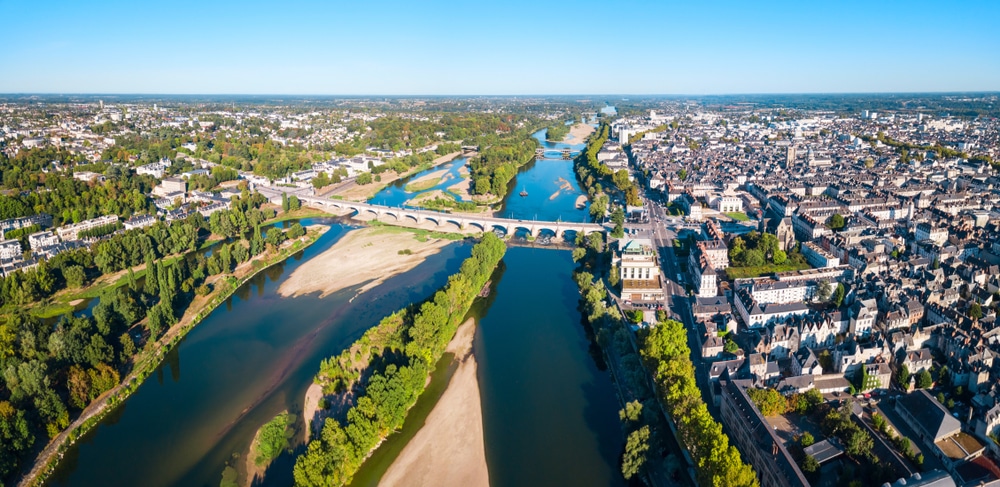
15 Best Things to Do in Tours (France)
The attractive city centre streets of Tours have led to this city in Western France being given a series of celebratory nicknames, from Little Paris for its culture, to the Garden of France for its parklands.
Situated on the River Loire as it makes its way towards the Atlantic Ocean, the city boasts a historic centre that is now a UNESCO World Heritage Site.
Once the capital of France, Tours is simply awash with wonders old and new, from important museums to the botanical garden. The surrounding countryside is also filled with vineyards that have been producing renowned wines for decades.
Here are the best things to do in Tours.
1. Tours Cathedral
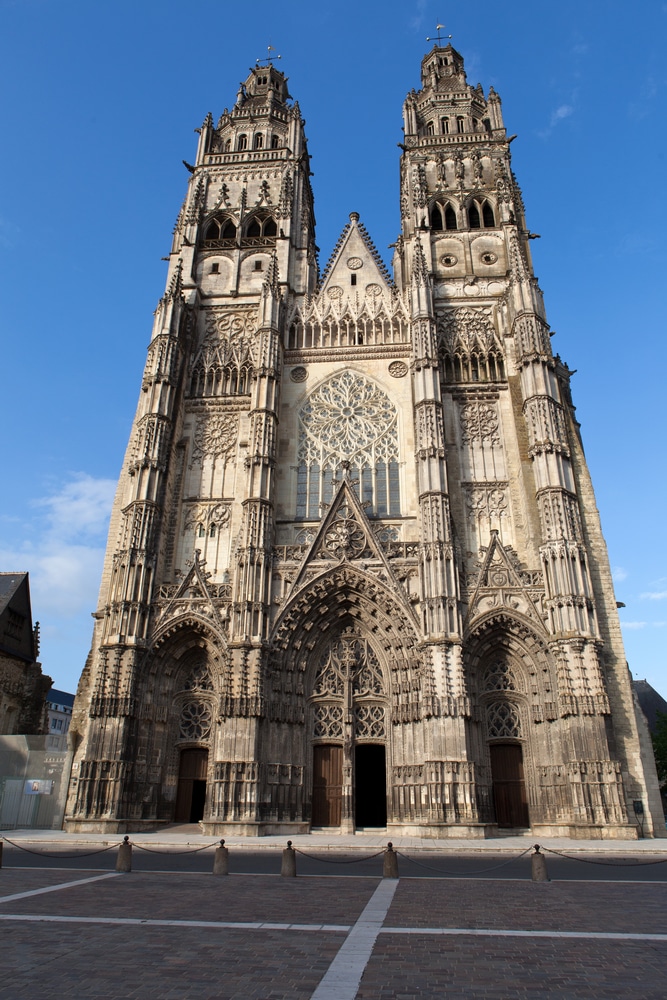
With a fine riverside location, the current Cathedral of Saint-Gatien was begun in 1170. However, the two intricately-decorated towers on its main façade date from only the fifteenth century. They incorporate some of the city’s original Roman-era walls in their form.
The several centuries of building work means the cathedral shifts in style from Romanesque to Renaissance, via the Gothic architecture often associated with such structures.
Its interior is decorated with a series of stained-glass windows, including a spectacular symmetrical window behind the organ, which is itself a masterpiece of artistry at least 500 years old.
2. The Old City
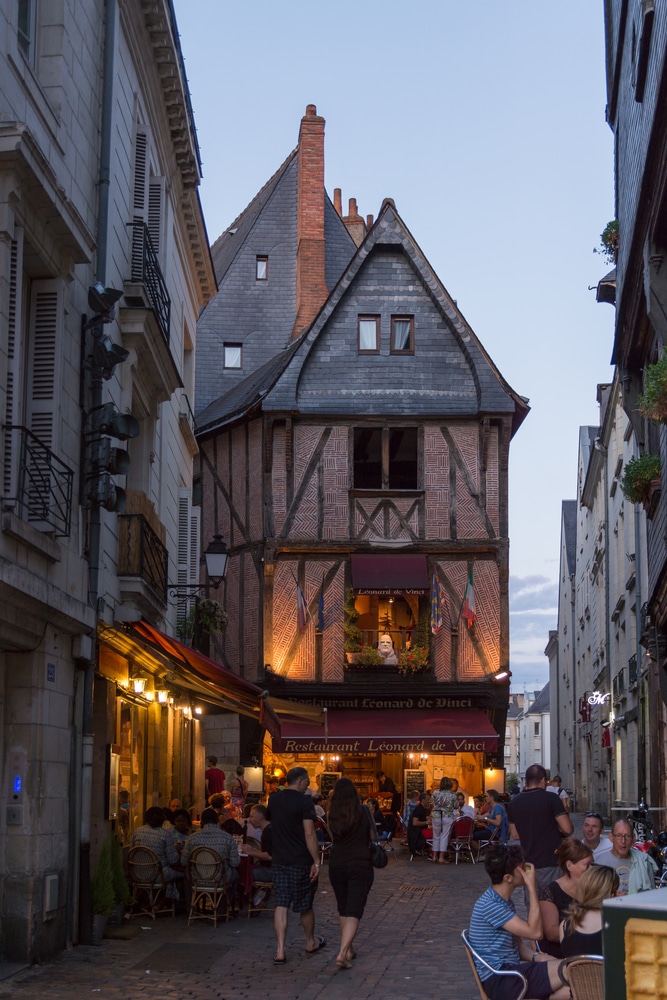
Typified by the medieval timber-framed buildings of Place Plumereau, the Old City of Tours has been listed as a UNESCO World Heritage Site due to its historic importance.
Its cobbled streets are filled with atmosphere, and dotted with all manner of independent cafes and boutique stores, mixing souvenirs with local foodstuffs.
The smell of freshly-baked bread, ripening cheeses, and spice blends hits its peak in the covered market of Place des Halles, where you can find rillette confit-like meats, local wines, and tasty traditional nougats.
Elsewhere, the winding and narrow streets are perfect for a little urban exploration, leading to stunning historic structures amid the sounds of the gently-flowing river.
3. Museum of Fine Arts
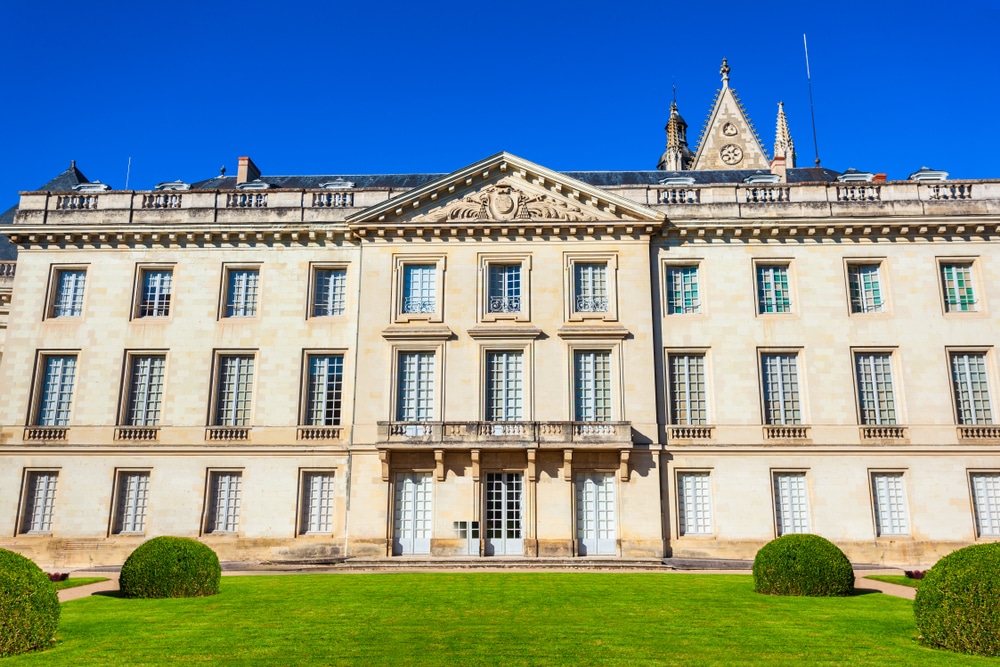
The Musée des Beaux-Arts is located close to the cathedral in the former bishop’s palace. Its collection has expanded to some 12,000 works of art, with around one thousand on public display at any one time.
Its ground floor is dedicated to local art from the 1400s and 1500s, while other rooms are hung with paintings by Delacroix, Degas, and Monet among many other famous names.
The museum is surrounded by well-tended gardens, which include a large Lebanon cedar said to have been planted by Napoleon Bonaparte. A niche also contains the taxidermy remains of an elephant that escaped the Barnum and Bailey circus when it visited Tours in 1902.
Website: http://www.mba.tours.fr/
4. Tours Castle
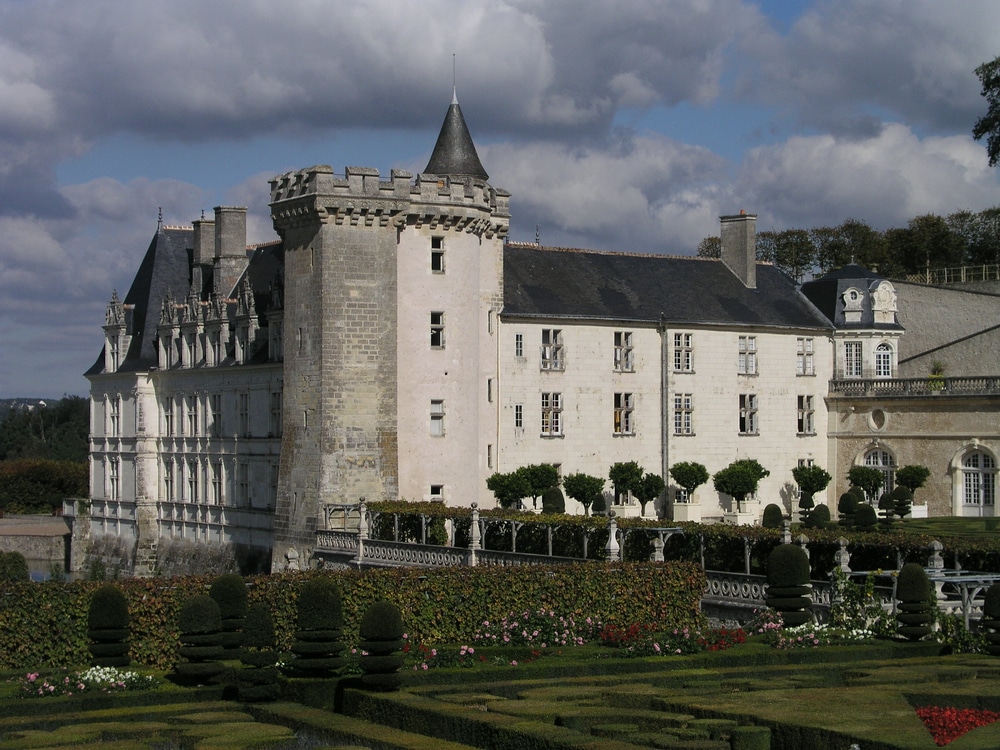
Also close to the cathedral, on the south bank of the Loire, is Tours Castle, the Château de Tours.
Built from the eleventh century onwards, the castle was a royal residence, and home to the Carolingian dynasty.
Taking the form of a rectangular mansion attached to the much older, round form of the Tower of Guise, its many notable occasions includes the marriage of King Louis XI to Charlotte of Savoy in 1436, which led his father to send an army to try and stop him.
It now hosts temporary exhibitions throughout the year, with a focus on contemporary art and photography.
Website: https://chateau.tours.fr/
5. Botanical Garden
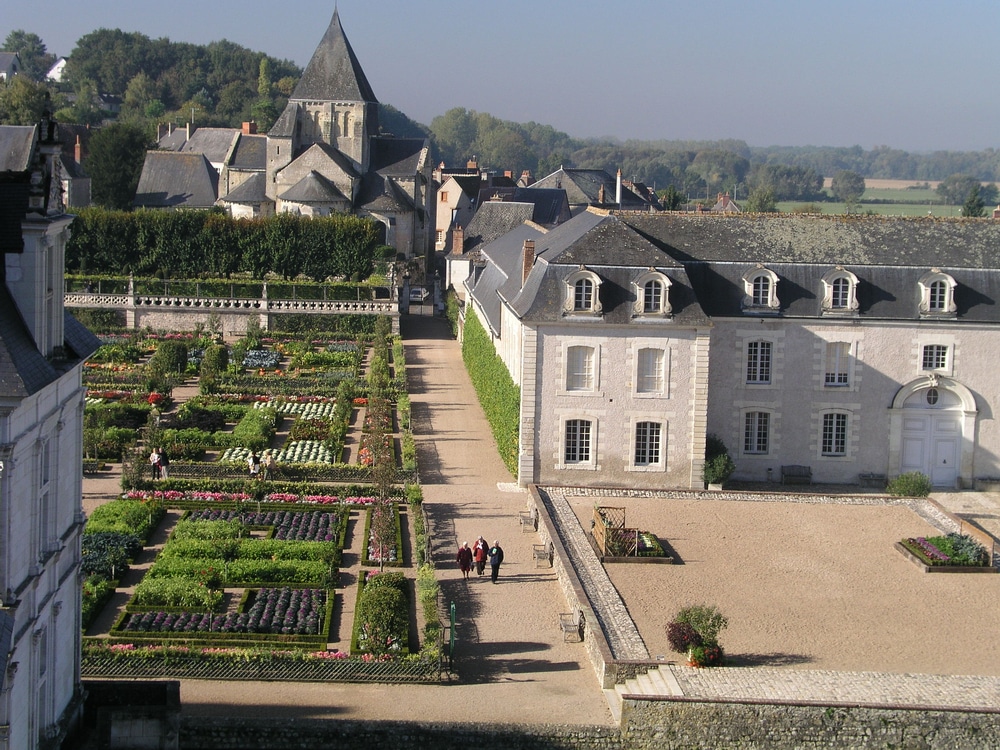
Spread over five hectares, Tours botanical garden, or jardin botanique, is the oldest of the city’s parklands, founded in 1843 by public subscription.
It began life as a medical garden for the nearby hospital, housing several thousand plants thought to have medicinal properties within the garden, greenhouses, and orchard.
The greenhouses and an orangery survive to this day, alongside attractions including a pool planted with water lilies to the north of the garden, and a small petting zoo.
Website: https://www.tours.fr/services-infos-pratiques/585-jardin-botanique.htm
6. Hôtel Goüin
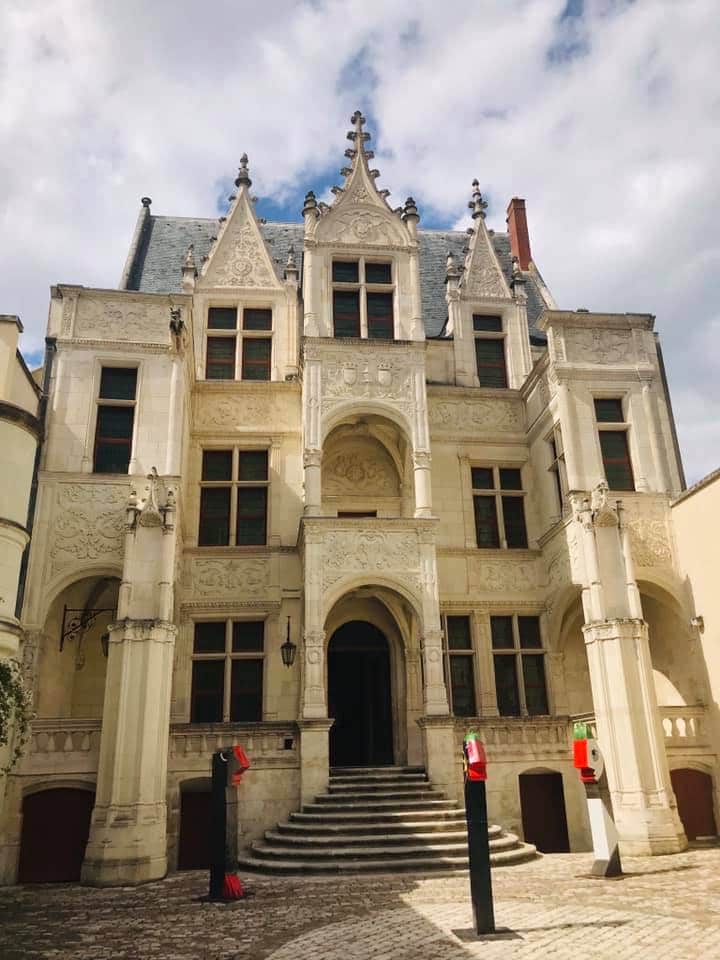
Important enough to have previously appeared on a French postage stamp, the Hôtel Goüin is a hôtel particulier mansion built in the 1400s by a family who made their fortune in the silk trade.
It takes its name from the banking family that purchased the property in 1738, and is now occupied by the collection of the Goüin Museum.
A delight inside and out, its exterior has beautiful carvings above the windows and on the various projecting surfaces, while the interior displays objects from the region’s prehistory right up to the 1700s.
Website: http://www.hotelgouin.fr/
7. Touraine vineyards
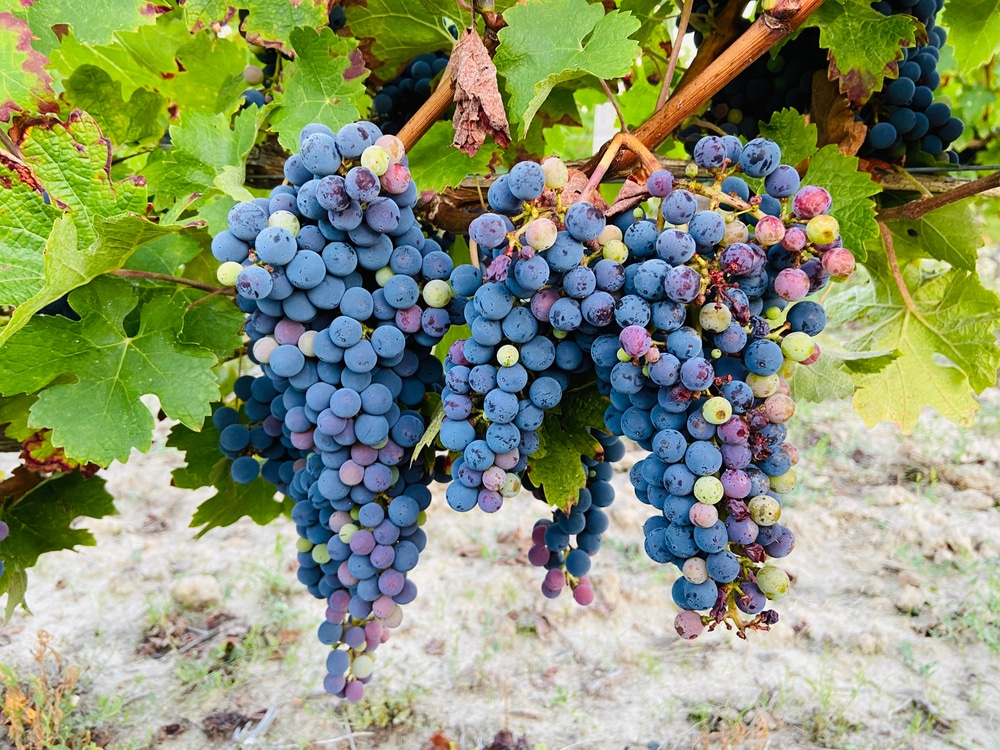
Another UNESCO World Heritage Site, this time for its landscape of rolling vines and hill-top castles, the Loire Valley is home to world-famous vineyards.
The Touraine sub-division centred on Tours produces millions of litres every year, with white, red, and rosé wines that meet pretty much every taste.
Among them is Domaine Nicholas Paget, operated by a family has been in the wine trade for five generations.
This vineyard offers visitors a huge range of options for exploring, from tours of their underground cellars to bicycle routes around the grounds, in addition to picnics and more traditional tasting sessions.
The vineyard is 35 kilometres southwest of central Tours.
Website: https://domainepaget.fr/
8. Pont Wilson
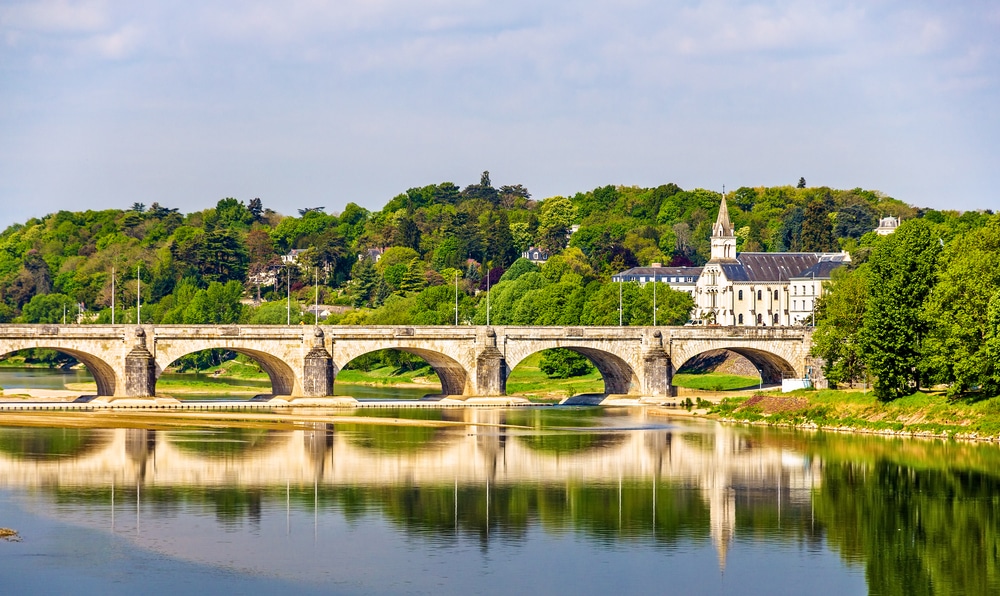
Crossing the Loire in the centre of Tours, the Pont Wilson, or Wilson Bridge, was named after US President Woodrow Wilson. He received the honour after providing American troops to support French and British forces during the First World War.
Often decked out with flags gently fluttering in the wind, it is the city’s oldest river crossing, first dating to the 1760s.
Pont Wilson is just one of the many bridges, both ancient and modern, that now cross the Loire at various points along its journey to the ocean.
Of the 40 or so that exist today, each and every one has contributed to the history and look of this stunning region.
9. Basilica of Saint Martin
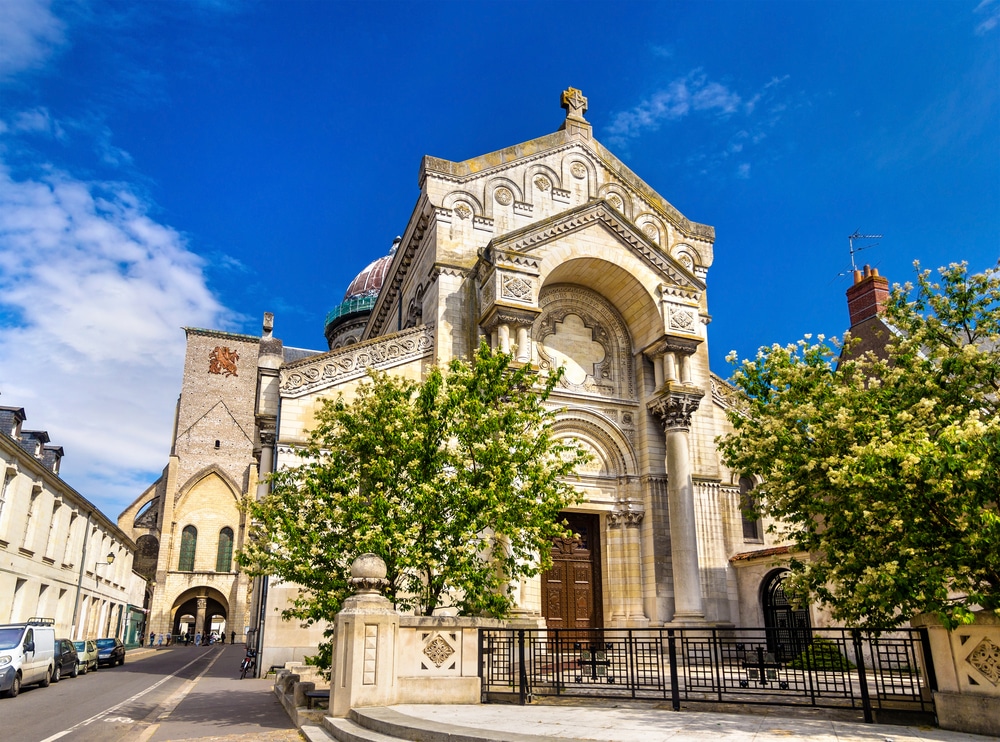
Constructed over the traditional burial site of the saint, this basilica was first established in 471 AD.
Replaced several times since, the current structure dates from 1886, with the rebuilding of religious structures destroyed during the French Revolution almost a hundred years earlier. It was only rededicated in 1925.
The church was constructed in a Neo-byzantine style, distinguishing it from Tours cathedral. Its Charlemagne Tower is one of the main survivors of the former structure, alongside the clock tower.
Devotees can find the re-established tomb of Saint Martin in the crypt, whose walls are covered with votive prayers.
Website: https://www.basiliquesaintmartin.fr/
10. Château de Plessis-lèz-Tours
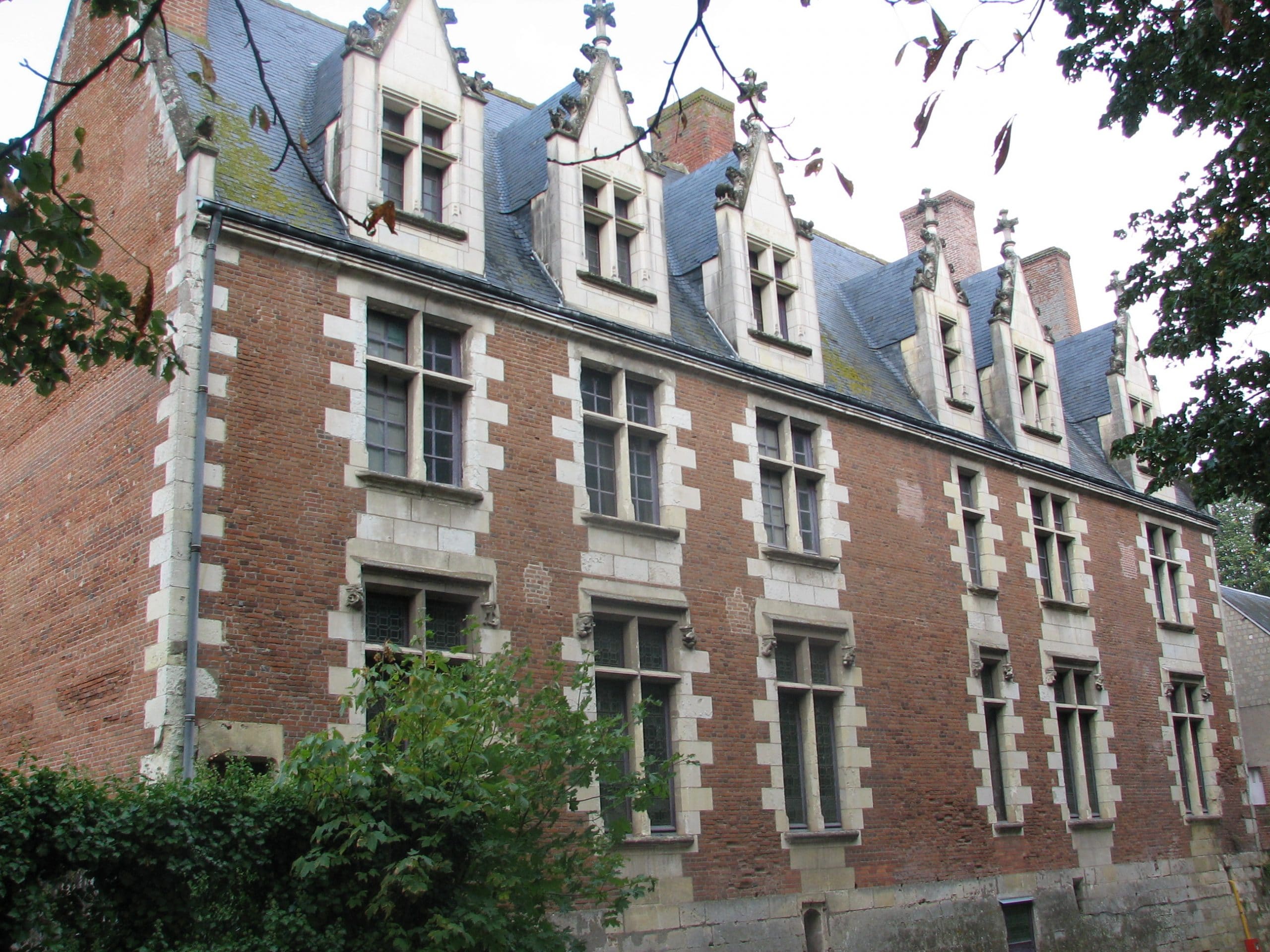
The remaining portion of Plessis-lèz-Tours Castle in La Riche represents a much larger U-shaped structure also pulled down during the French Revolution, this time because of its association with French royalty and the ancien régime.
A favourite residence of Louis XI, it also witnessed a meeting between France’s Henry III and IV a hundred years later.
The small red-brick building with limestone detailing that can be visited today includes the room in which Louis XI died, carved wood dated to the 1400s, and cramped metal cages that were once used to hold prisoners.
La Riche is on the western outskirts of modern-day Tours, close to the botanical garden.
11. Cruise down river
Enjoy incredible views of the town from the waters of the Loire, slipping under bridges and past the city’s most important sites, including the castle and cathedral.
The most authentic tours take place on traditional wooden-built flat-bottomed boats known as Toue that are able to slip across even the shallowest parts of the Loire.
With seating for around 10-30, even on the busiest of summer days these cruises are a tranquil way to explore Tours further without wearing out your feet.
12. Musée de Compagnonnage
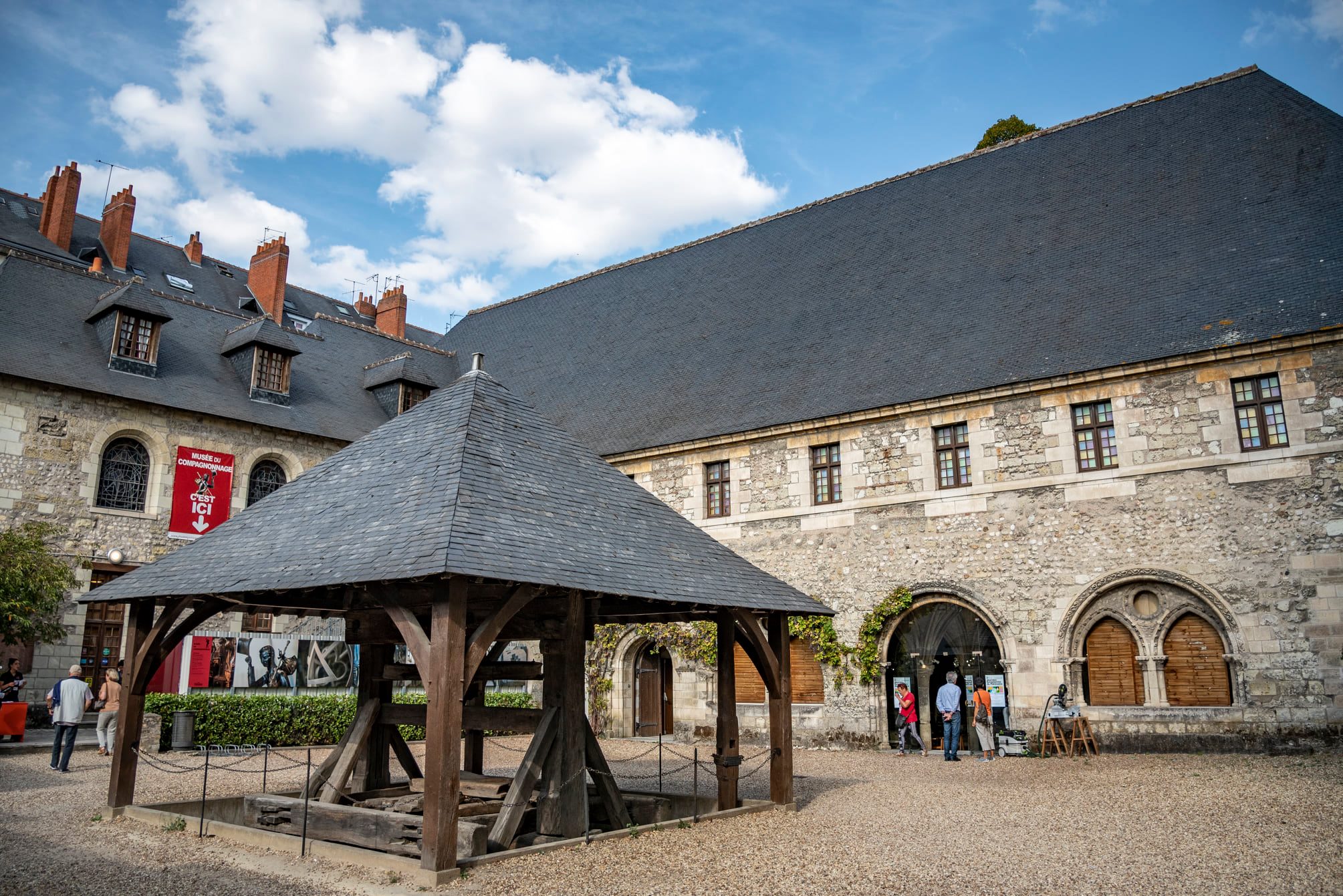
This museum hosts a vast collection of pieces related to France’s Guilds – the stone masons, leather workers, carpenters, and roofers that has made the country what it is today.
Its display cases show off everything from shoes to scale models of cathedrals, all housed within a dramatic chateau with sweeping rooflines pierced with stonework chimneys.
Certainly worth the short journey to the countryside around the town of Blois in the Loire Valley, you can reach the museum’s home of Château de Chambord in roughly an hour.
Website: https://www.museecompagnonnage.fr/
13. Town Hall
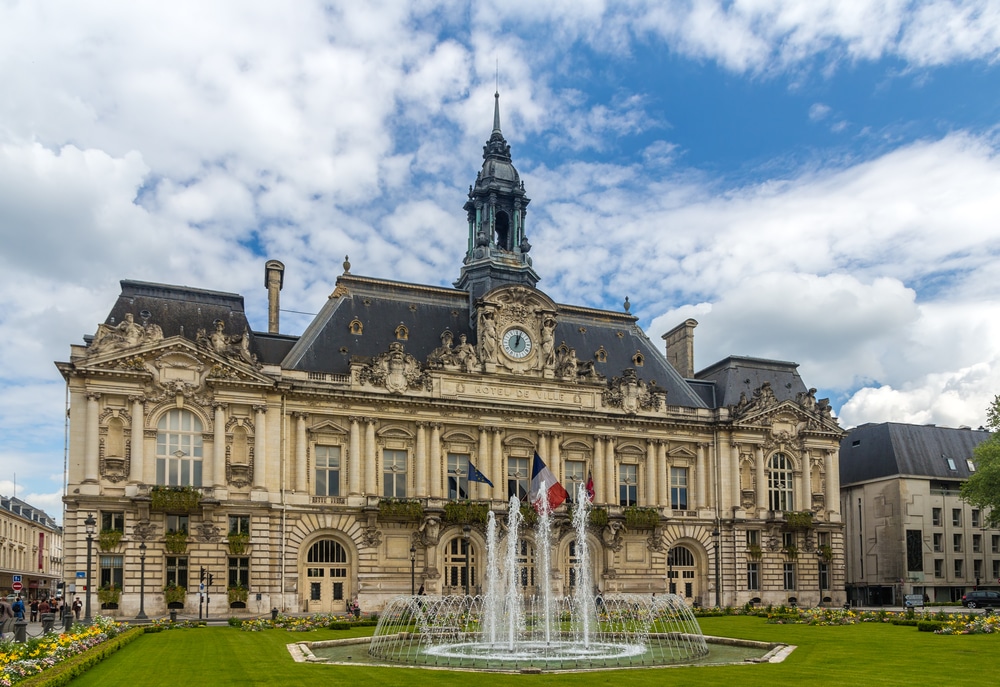
Equally decorative is Tours Town Hall, or Hôtel de Ville. In many ways its structure is typically French, with its columned frontage dotted with statuary reminding many of train stations and palaces that can be found throughout the country.
Officially, it boasts a Louis XIII style, rich in rococo detail. Inside, the Town Hall is just as fine, with grand staircases leading to rooms that are undeniably luxurious. Here you’ll find huge fireplaces, and stucco work that spans its walls and ceilings.
14. Cloître de la Psalette
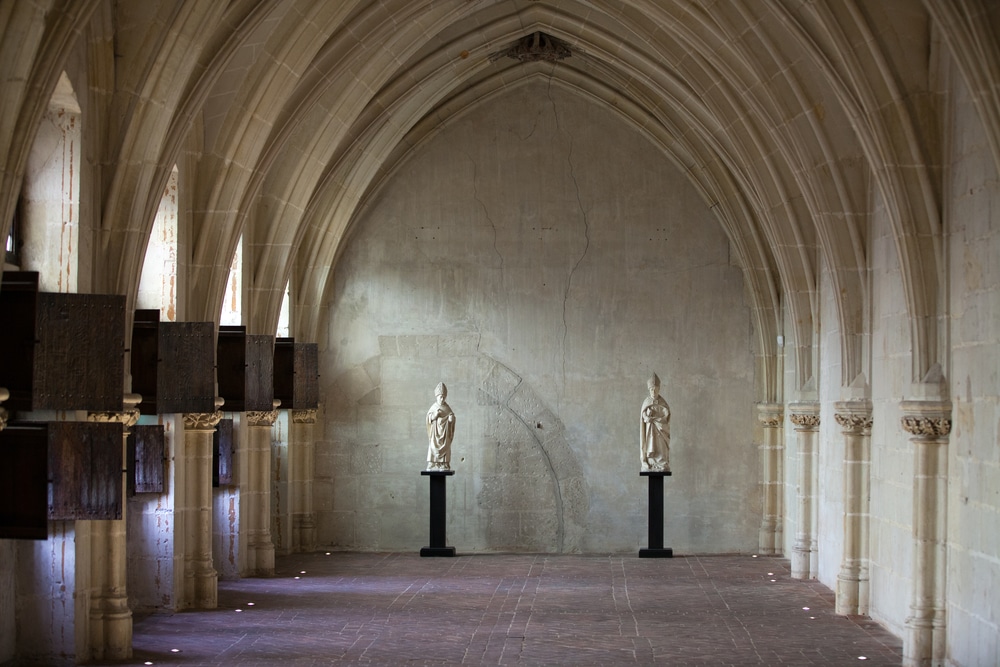
The setting for the story Le Curé de Tours by Balzac, who was born in Tours, these cloisters date from the fifteenth century.
Connected with the cathedral, the cloister takes its name from the religious psalms that were heard entering its doorways from the music school next door.
It once contained one of the most important libraries in France, and while this has now been distributed to other centres across the country, its historic architecture remains, and has been legally protected since 1889.
Website: http://www.cloitre-de-la-psalette.fr/
15. Grand Theatre
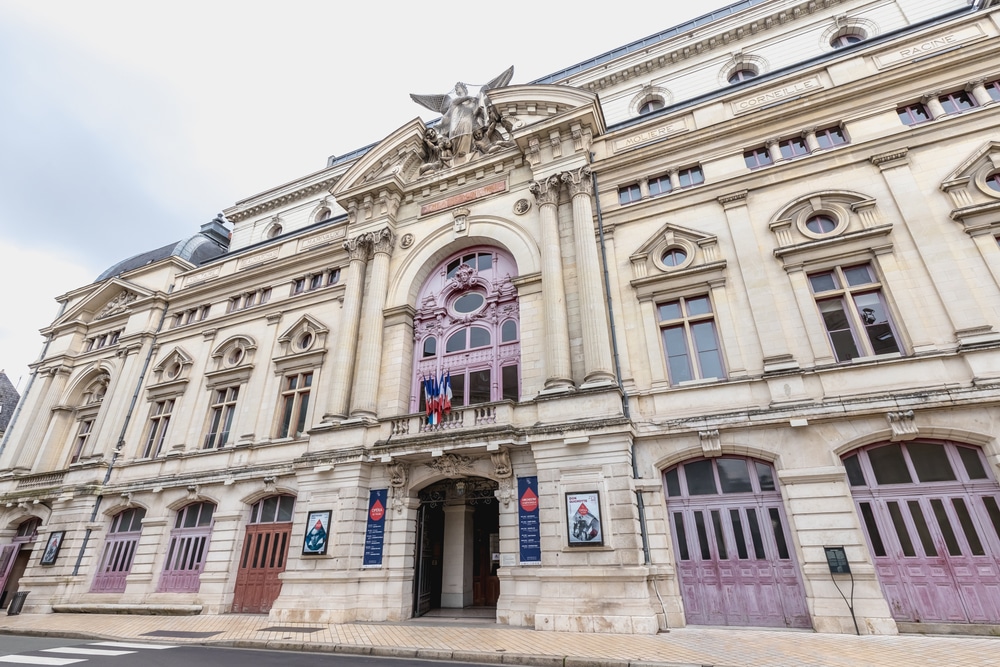
The city’s premier performance space, the Grand Theatre is the base for both the Opéra de Tours opera company and the region’s official symphony orchestra.
Constructed in 1872 in the Second Empire style, it took its influence from the Opéra Garnier in Paris. It is situated in the Old Town and has seating capable of receiving an audience of 900.
However, even if there are no shows scheduled while you’re in town, you can still take pleasure in admiring its front from one of the cafes nearby.
Website: http://www.operadetours.fr/
15 Best Things to Do in Tours (France):
- Tours Cathedral
- The Old City
- Museum of Fine Arts
- Tours Castle
- Botanical Garden
- Hôtel Goüin
- Touraine vineyards
- Pont Wilson
- Basilica of Saint Martin
- Château de Plessis-lèz-Tours
- Cruise down river
- Musée de Compagnonnage
- Cloître de la Psalette
- Grand Theatre

Flag of France: History and Symbolism
By: Author Christine Rogador
Posted on Published: July 29, 2021 - Last updated: January 19, 2023
The national flag of France – drapeau de la france – is a flag featuring three vertical bands in three different colors: blue on the hoist side, white in the middle, and red. It is one of the most recognizable symbols of France.
These blue, white, and red bands make the French flag an easily recognizable one.
Things you'll find in this article
History of the French National Flag
1. the oriflamme, 2. the flag of joan of arc, 3. bourbon flag, 4. the kingdom of france flag, 5. the white cross flag, 6. red, white, and blue flag, 7. the white naval flag, 8. the french tricolor, meaning and significance of the french flag colors, facts about the french flag you should know.
Drapeau français is without a doubt one of the most influential flags in history, with the tricolor scheme being immitated by various other nations across the globe.

The French national flag is just like many other countries – the original flag was that of a saint’s. In France’s case, it was the Oriflamme or the flag of St. Denis.
This flag was deemed Charles the Great’s personal banner. He was said to have carried it to the Holy Land. However, the flag’s first use was most likely as an emblem of the royal house around 1124, during the reign of King Louis VI.
The origin of the current flag of France can be traced back to the early French Revolution.
The Paris militia, which played a vital role in the storming of the Bastille , wore a cockade of blue and red, the traditional colors of the French capital. White, being regarded as the ancient French color, was added to the said cockade.
This three-colored cockade became France’s national cockade, which went on to become a part of the uniform of the National Guard, the militia’s successor, and eventually – the colors of the national flag.
All Flags of France
The French government have used many other flags in the past. Let’s delve into them.
Used in the early Middle Ages, the oriflamme was also known as the flag of St. Denis.
Bearing two to five pointed ends, the Oriflamme was more like a pennant than a flag. It was created out of red silk without any ornament.
This banner eventually transformed into oriflammes bearing sunbursts or yellow stars on a red background, which represented the blood of St. Denis of Paris, the patron saint of the French monarchy, who was beheaded for his faith.
The Oriflamme was taken to be stored in the St. Denis Abbey when war broke out.
Still during the Hundred Years’ War, Joan of Arc had a banner consisting of gold or brownish fleur-de-lis on a white background.
It had the painting of the world with an angel at each side and the words “JHESUS MARIA” written above it. It was made of white cloth called “boccassin” and had fringes made of silk.
Joan of Arc’s battle standard led to the prominent use of white background on later French flags.
Bourbon Flag was the royal banner of early modern France. It was used during the time of the royal Bourbons who originated in 1272 through the marriage of King Louis IX’s youngest son and the heiress of the lordship of Bourbon.
Bourbon Flag was characterized by three gold fleur-de-lis on a blue background.
The flag of the Kingdom of France, designed in 1643, consists of 86 fleur-de-lison a white background. It has a variant that features the coat of arms of France.
France was recognized by a white cross during the Hundred Years’ War. This cross was usually on a red or blue background, with the latter eventually becoming the common standard for French armies.
This French banner is still seen on the flags derived from it.
Examples of this are Martinique’s “snake flag,” which consists of a white cross on a blue background and four white snake on the quarters; and the Fleurdelisé, the flag of Quebec, which features a white cross on a blue field and a white fleurs-de-lis on each quarter.
The Constituent Assembly of France approved a drapeau tricolore with vertical red, white, and blue vertical bands in 1790.
When the House of Bourbon was restored after Napoleon’s defeat at the famous Battle of Waterloo in 1815, the drapeau tricolore was replaced by the pre-revolutionary naval flag, which was a simple white flag.

The drapeau tricolore or the French Tricolor has been France’s national flag since 1830, when King Louis-Philippe restored the three-colored banner after the July Revolution.
The French Constitutions of 1946 and 1958 instituted the “blue, white, and red” on the national flag of France.
Generally, the colors of the French flag are symbolic of the following:
• Blue – nobility
• White – clergy
• Red – bourgeois
Occasionally, these colors are interpreted as representative of the three elements of the revolutionary motto:
• Blue – liberté (freedom)
• White – égalité (equality)
• Red – fraternité (brotherhood)
They are also symbolic of the following:
• Blue – democracy
• White – secularism
• Red – modernization
These colors are also said to represent the following saints:
• Blue – St. Martin of Tours , one of the most recognizable saints in France
• White – St. Joan of Arc and the Blessed Virgin Mary, both patron saints of France
• Red – St. Denis of Paris, the martyred 3rd-century bishop of Paris
According to the French government website , however, white was the king’s color, while blue and red were the traditional colors of the city of Paris .
• Because of its three equal vertical stripes of three different colors, the French flag is known as the “ le drapeau tricolore .” It literally means “the three-colored flag.” English speakers call it “the French tricolor.”
• The French tricolor was designed by Gilbert du Motier (Marquis de Lafayette) and the French painter Jacques-Louis David.
• The Netherlands’ red, white, and blue horizontally striped flag inspired the vertically striped French three-colored flag after the French Revolution in 1789.
• White, the color of the House of Bourbon, has remained in the French flag after being overthrown during the French Revolution.
• As with most other national flags around the world, destroying a French flag in public is illegal. Sharing images or videos violating the flag is also punishable by law.
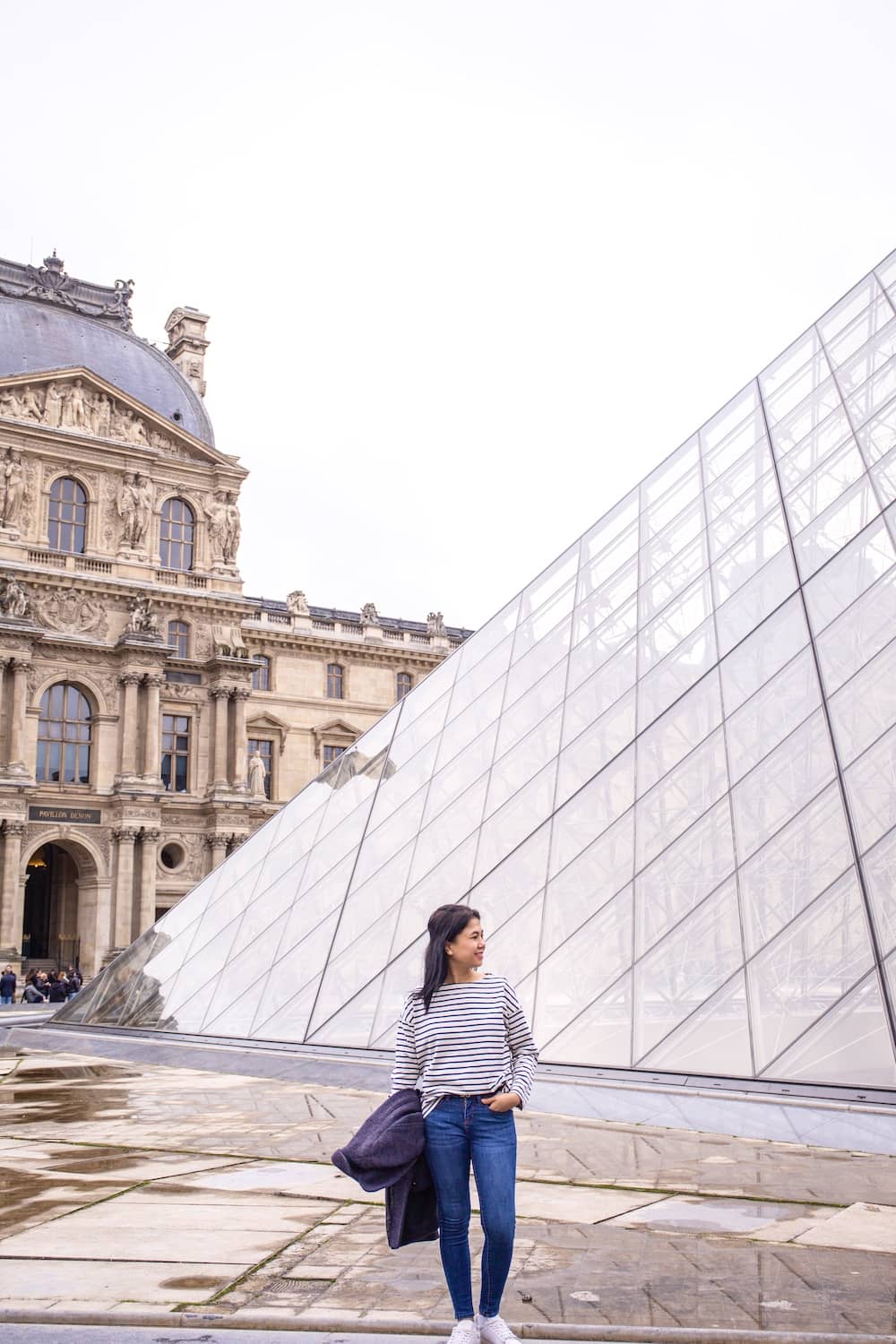
Hi, I’m Christine – a full-time traveler and career woman. Although I’m from the Philippines, my location independent career took me to over 40 countries and lived in 4 continents in the last 10 years, including France. A self-proclaimed Francophile, I love everything France.
Sharing is caring!
Bastille Day (History, Tradition and Tips) - Journey To France
Thursday 24th of March 2022
[…] Le drapeau – flag […]
France Symbols: 18 Iconic French Symbols - Journey To France
Saturday 11th of September 2021
[…] public buildings now have the “tricolor” flying over them. The French flag is also flown at most civil and military […]
18 Regions Of France List (Map + Attractions) - Journey To France
Thursday 29th of July 2021
[…] Seine-et-Marne, Val-de-Marne, Val-d’Oise, and Yvelines. Its famous capital, Paris, bears the flag for this […]
Colors In French: Ultimate Guide + Grammar Tips - Journey To France
[…] up the French flag. The colors blue, white, and red are used from the flagstaff to the end. The flag of France is a powerful emblem of the country’s core values. The country’s aristocratic and […]
- Skip to Navigation
- Skip to Main Content
- Skip to Related Content
- Today's news
- Reviews and deals
- Climate change
- 2024 election
- Fall allergies
- Health news
- Mental health
- Sexual health
- Family health
- So mini ways
- Unapologetically
- Buying guides
Entertainment
- How to Watch
- My watchlist
- Stock market
- Biden economy
- Personal finance
- Stocks: most active
- Stocks: gainers
- Stocks: losers
- Trending tickers
- World indices
- US Treasury bonds
- Top mutual funds
- Highest open interest
- Highest implied volatility
- Currency converter
- Basic materials
- Communication services
- Consumer cyclical
- Consumer defensive
- Financial services
- Industrials
- Real estate
- Mutual funds
- Credit cards
- Credit card rates
- Balance transfer credit cards
- Business credit cards
- Cash back credit cards
- Rewards credit cards
- Travel credit cards
- Checking accounts
- Online checking accounts
- High-yield savings accounts
- Money market accounts
- Personal loans
- Student loans
- Car insurance
- Home buying
- Options pit
- Investment ideas
- Research reports
- Fantasy football
- Pro Pick 'Em
- College Pick 'Em
- Fantasy baseball
- Fantasy hockey
- Fantasy basketball
- Download the app
- Daily fantasy
- Scores and schedules
- GameChannel
- World Baseball Classic
- Premier League
- CONCACAF League
- Champions League
- Motorsports
- Horse racing
- Newsletters
New on Yahoo
- Privacy Dashboard
- Live Updates
- How to watch the NFL Draft
- NFL Draft analysis
- Scores/Schedules
- Wemby Watch
- Fantasy Basketball
- In-Season Tournament
- All-Star Game
- Power Rankings
- Fantasy Baseball
- Scores/Schedule
- Fantasy Football
- Free Agency
- Fantasy Hockey
- UFC Schedule
- Yahoo Sports AM
- March Madness
- Caitlin Clark Scoring Record
- Daytona 500
- Leaderboard
- Masters Tournament
- Playoff and Bowl Games
- Tournament Schedule
- French Open
- Australian Open
- College Sports
- Fantasy Sports
- Sports Betting 101
- Bet Calculator
- Legalization Tracker
- Casino Games
- Paris Games Home
- Kentucky Derby
- Preakness Stakes
- Belmont Stakes
- Ball Don't Lie
- Yahoo Fantasy Football Show
- College Football Enquirer
- Baseball Bar-B-Cast
- NFL Draft winners and losers
- Embiid drops 50 on Knicks
- Falcons make a baffling pick
- NFL Draft first-round grades
- A.J. Brown becomes highest-paid WR
Tour de France 2022: Meaning behind yellow, green, polka dot and white jersey colours
The 2022 Tour de France sees 176 riders compete for the famous yellow jersey or maillot jaune which rewards the overall winner of the race.
While the yellow jersey, won in 2020 and 2021 by Slovenian prodigy Tadej Pogacar , is the most famous and prestigious of them all, there are three other colours to look out for in the peloton taking on this year's Tour de France route.
The green, polka dot, and white jerseys all have their own meanings, histories and significance for their respective holders.
While some riders (domestiques) work purely for the benefit of their team leader, others work to win individual stages, and others aim purely for one particular jersey.
It is not just the jerseys to watch out for – those riders wearing yellow helmets are the team leading overall when their times are added together, while the previous day’s combativity prize winner (the most aggressive racer) wears a red ‘bib’.
And anyone wearing a rainbow jersey is the reigning world champion – though this year the road champion Julian Alaphilippe is absent, still recovering from injury.
Here are the four Tour de France jerseys:
Yellow – overall winner
The biggest prize in cycling is the famous yellow jersey of the Tour de France . It is the awarded to the overall winner and worn by the current race leader at the start of each stage, and it is considered hugely prestigious to don the maillot jaune . It was initially introduced so fans could clearly spot the rider in charge, and took its colour from L’Auto (today L’Equipe), the newspaper owned by race founder Henri Desgrange.
Green– best sprinter
The green jersey is the prestigious prize given to the best sprinter in the Tour. The fastest in the pack compete for the biggest points at the end of flat stages and a smaller haul of points on offer during stages – called intermediate sprints. Peter Sagan won a record-equalling sixth green jersey last year, while Britain’s Mark Cavendish has won two and finished runner-up three times.
Polka dot – King of the Mountains
Perhaps almost as famous as the yellow jersey itself, the red polka dots on a white base are awarded to the rider who earns the most King of the Mountains points, which can be collected along the way by being the first to the top of categorised climbs – the more the severe the climb, the more points are on offer. Chris Froome won both the polka dot jersey and the yellow jersey in 2015, the first to do so since the great Eddy Merckx in 1970. In 2018 it was won by home favourite Julian Alaphilippe in some style.
White – best young rider
The white jersey is awarded to the highest placed rider who was 24 or younger on the first day of the year. The jersey was introduced in 1975, before a 10-year hiatus in the 90s, but returned in the 21st century and has been won by Alberto Contador, Nairo Quintana, and both the British Yates twins, Simon and Adam.
APRIL SALE: Book now and get up to 60% off!
Paris & Provence
- In-depth Cultural
- Partially Guided
- Personalized
Places You’ll See
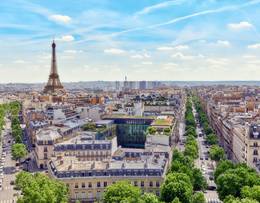
Ready-to-book adventures, personalized
Make your adventure more you
Enjoy a tour focused solely on your travel group
Professional
Access our Travel Experts’ insider knowledge
Travel within your own bubble
- Introduction
- Day 1 Arrival
- Day 2 The heart of Paris tour
- Day 3 Versailles
- Day 4 Train to Avignon
- Day 5 Avignon with Pope’s Palace, garden and the bridge
- Day 6 Provence Discovery
- Day 7 Departure
Want to read it later?
Download this tour’s PDF brochure and start tour planning offline
What's Included
- Accommodation
- Additional Services
Where You'll Stay
Your peace of mind options, cancellation policy.
A transparent overview of applicable fees.
Reviews About This Operator
- Tour Operator Flag Travel Holidays 4.6
- shauna · 15th May 2023 Everything went so smoothly! Even a little rain couldn't damped our experience. Our tour guides were phenomenal!... Show more
- Lucia · 13th October 2022 If you want to discover Paris in a 5 days and get the most of the Ville Lumière, this tour is definitely what you are... Show more
- Lori · 16th January 2024 From charming hotels to knowledgeable guides, every aspect was top-notch. Alfredo, our tour guide, was an absolute... Show more Review collected by Flag Travel Holidays
Dates & Availability
Pay-by-instalments
Take advantage of our 0% interest instalment plan on selected departures. Learn More
- Upcoming departures
- September 2024
- October 2024
- November 2024
- Thursday 2 May, 2024 Wednesday 8 May, 2024 Multiple Room Types €1,690 Confirm Dates
- Friday 3 May, 2024 Thursday 9 May, 2024 Multiple Room Types €1,690 Confirm Dates
- Monday 6 May, 2024 Sunday 12 May, 2024 Multiple Room Types €1,690 Confirm Dates
- Wednesday 8 May, 2024 Tuesday 14 May, 2024 Multiple Room Types €1,690 Confirm Dates
- Thursday 9 May, 2024 Wednesday 15 May, 2024 Multiple Room Types €1,690 Confirm Dates
- Friday 10 May, 2024 Thursday 16 May, 2024 Multiple Room Types €1,690 Confirm Dates
- Monday 13 May, 2024 Sunday 19 May, 2024 Multiple Room Types €1,690 Confirm Dates
- Wednesday 15 May, 2024 Tuesday 21 May, 2024 Multiple Room Types €1,690 Confirm Dates
- Thursday 16 May, 2024 Wednesday 22 May, 2024 Multiple Room Types €1,690 Confirm Dates
- Get Instant Confirmation Friday 17 May, 2024 Thursday 23 May, 2024 Multiple Room Types €1,690 Confirm Dates
Frequently Asked Questions
We are there for you! If you have any questions about this tour, then please don't hesitate to contact us 24/7 and we will get back to you latest within 2 hours!
Got a question about this tour?
Reach out to our travel experts.
Good to Know
- Currency € Euro France
As a traveller from USA, Canada, England, Australia, New Zealand, South Africa you will need an adaptor for types C, E, F.
- Unfortunately we cannot offer you a visa application service. Whether you need a visa or not depends on your nationality and where you wish to travel. Assuming your home country does not have a visa agreement with the country you're planning to visit, you will need to apply for a visa in advance of your scheduled departure.
- Here is an indication for which countries you might need a visa. Please contact the local embassy for help applying for visas to these places.
- For any tour departing before 30th June 2024 a full payment is necessary. For tours departing after 30th June 2024, a minimum payment of €50 is required to confirm your booking with Flag Travel Holidays. The final payment will be automatically charged to your credit card on the designated due date. The final payment of the remaining balance is required at least 65 days prior to the departure date of your tour. TourRadar never charges you a booking fee and will charge you in the stated currency.
- Some departure dates and prices may vary and Flag Travel Holidays will contact you with any discrepancies before your booking is confirmed.
- The following cards are accepted for "Flag Travel Holidays" tours: Visa, Maestro, Mastercard, American Express or PayPal. TourRadar does NOT charge you an extra fee for using any of these payment methods.
- Your money is safe with TourRadar, as we only pay the tour operator after your tour has departed.
- TourRadar is an authorised Agent of Flag Travel Holidays. Please familiarise yourself with the Flag Travel Holidays payment, cancellation and refund conditions .
- Insurance Unless otherwise mentioned, TourRadar does not provide travel insurance. We do however recommend purchasing it through our tried and trusted partner, World Travel Nomads .
- Accessibility Some tours are not suitable for mobility-restricted traveller, however, some operators may be able to accommodate special requests. For any enquiries, you can contact our customer support team , who are ready and waiting to help you.
- Japan Tours
- Valley Of The Kings tours
- Mongolia Explorer tours
- South Africa, Zimbabwe and Botswana July 2025…
- Taiwan Explorer 11 Days Panorama Tour
- Travel Agent Appreciation Month
- Weather in Mount Fuji in
Similar Tours

Keep Exploring France
- France Travel Guide | All You Need to Know
- Family Trip to Europe Itineraries (From 1 to 3 Weeks)
- 10 Best Cultural Travel Companies
- 10 Best Cultural Experiences in The World 2024/2025
- France from Paris
- France In-depth Cultural
- Small group tour
- 7 days France
- Operators in Europe
- Paris & Provence Tours in France
- In-depth Cultural Tours
- France Tours
- Europe Tours
- Family Tours
- Private Tours
- Partially Guided Tours
- Personalized Tours
- France tours
- Track Order
Best Sellers

Official Le Tour de France Store
Discover a world of cycling merchandise and gear at the official Le Tour de France Store. As the premier destination for cycling enthusiasts, we offer a wide range of products that celebrate the iconic race. From official team jerseys and accessories to exclusive Le Tour de France memorabilia, our store has everything you need to showcase your passion for this prestigious sporting event.
Explore a Diverse Selection of Le Tour de France Merchandise
At the Le Tour de France Store, we take pride in offering an extensive selection of high-quality cycling merchandise. Discover a wide range of products, including Le Tour de France shirts, jerseys, shorts, gloves, helmets, and shoes, all designed to provide comfort and performance during your rides. We also feature an exclusive collection of Le Tour de France-themed apparel and accessories, allowing you to display your support for your favorite teams and riders. Our store is a one-stop-shop for all your cycling needs, ensuring that you can find everything you need to take your cycling journey to the next level.
- Promo Terms and Exclusions
- Safe Shopping
- Delivery & Shipping
- 90-Day Returns
- Affiliate Program
- Track My Order
- Privacy Policy
- Terms of Use
- CA Supply Chains Act/UK Modern Slavery Act
- Cookie Policy & Management
- Master Card

- Virginia Beach
- History & facts
- Famous people
- Famous landmarks
- AI interviews
- Science & Nature
- Tech & Business
Discover something new everyday
- Famous places
- Food & Drinks
- Tech & Business
Paris - What you need to know before coming to Paris
8 Interesting Facts About the French Flag
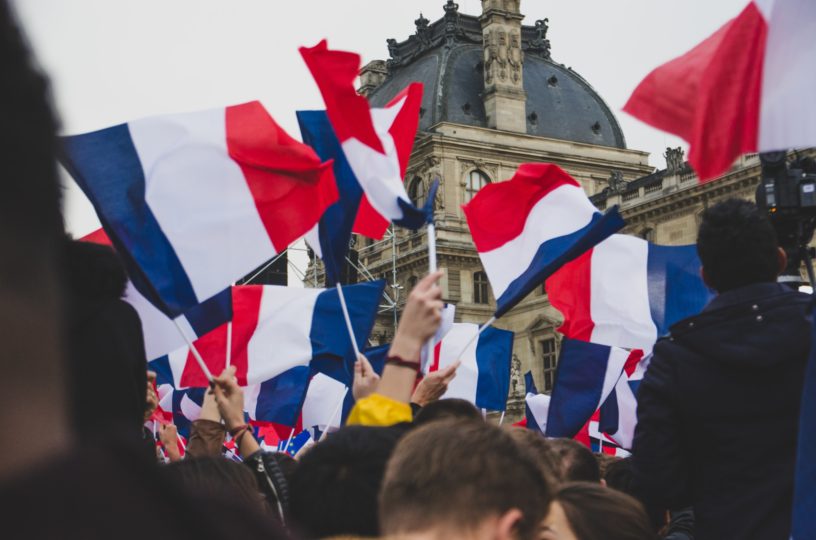
by Alice Triquet - Unsplash
Read Next →
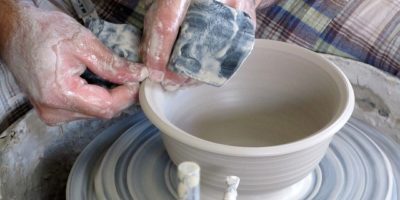
Paris - Activities & things to do
The 10 Best Pottery Courses in Paris
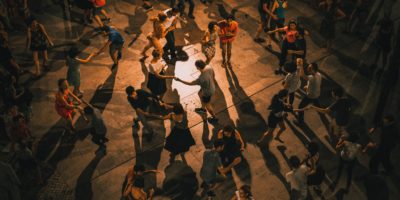
Top 7 Places to Dance Salsa in Paris
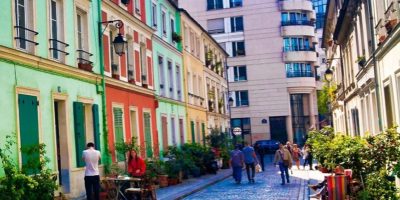
Paris - By month
Walking in Paris, like a Parisian : advice and codes to respect
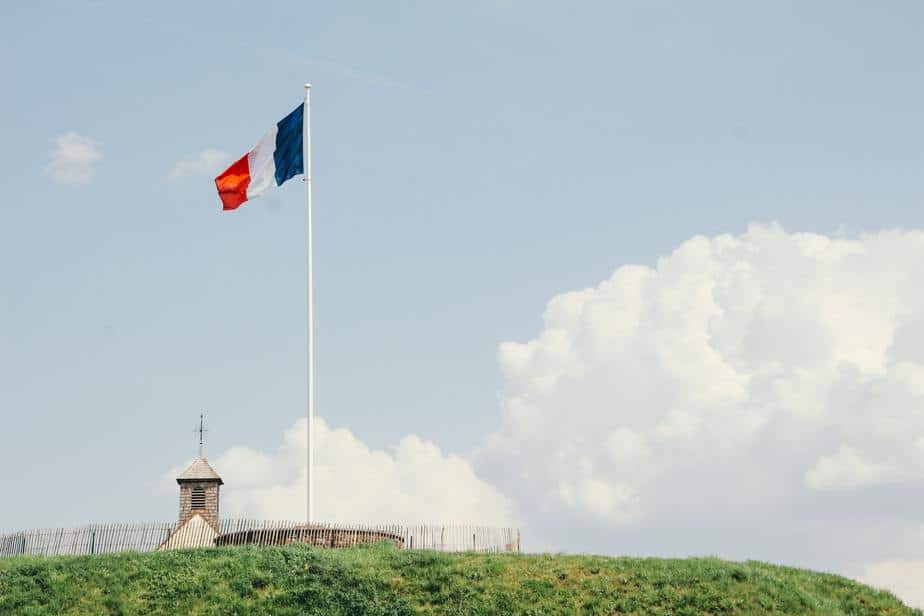
by Brina Blum – Unsplash
1. The Three Colors Represent Three Different Things
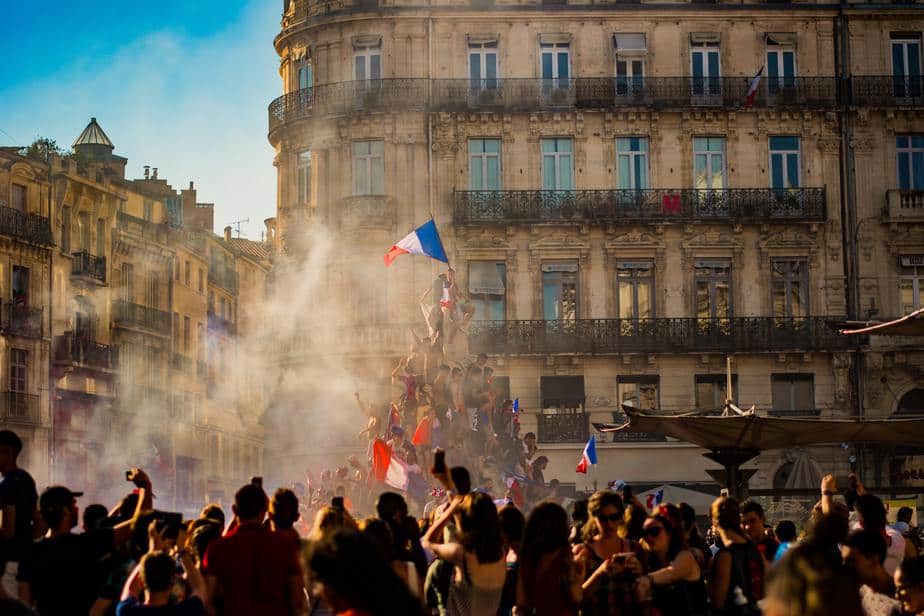
by Pierre Herman – Unsplash
2. Throughout History the French Flag has Changed Depending on Who is in Power
3. the idea for blue, white and red came out during the revolution.
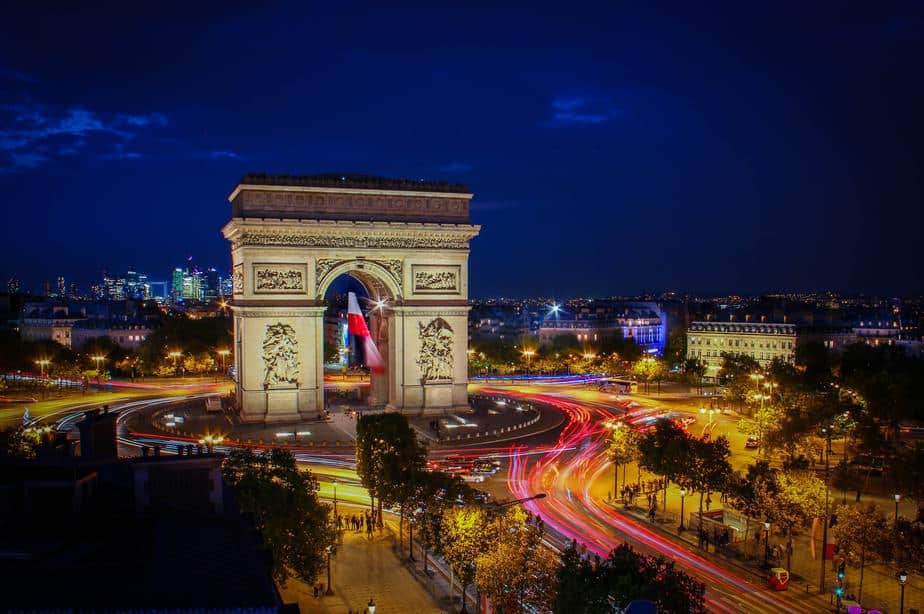
by Florian Wehde – Unspalsh
4. The Initial Design Was Not Evenly Portioned
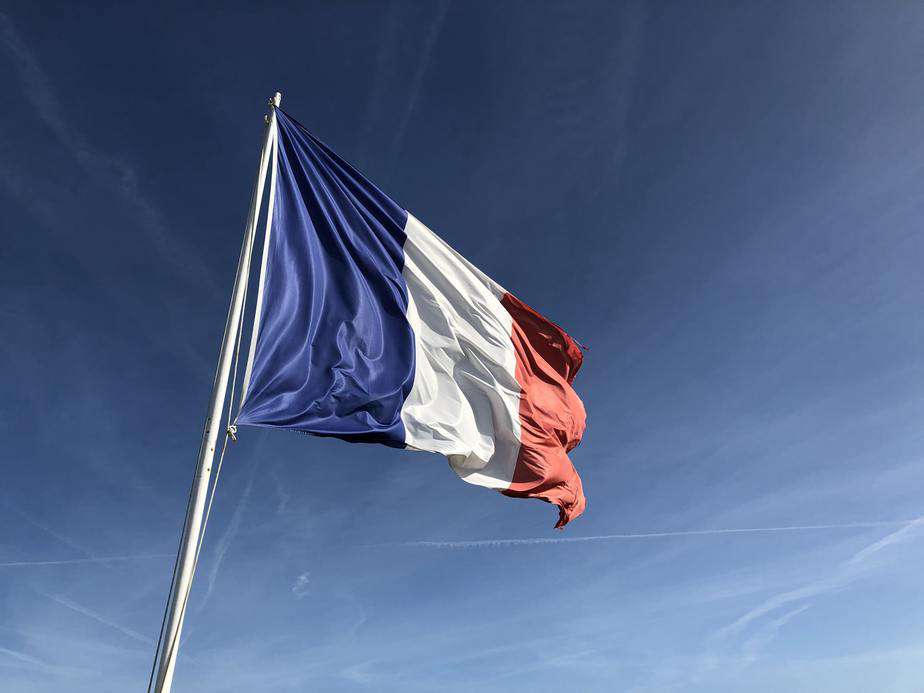
by Anthony Choren – Unsplash
5. Between 1814 and 1830 the French Flag was Plain White
6. citizens of france know their flag as the tricolore.
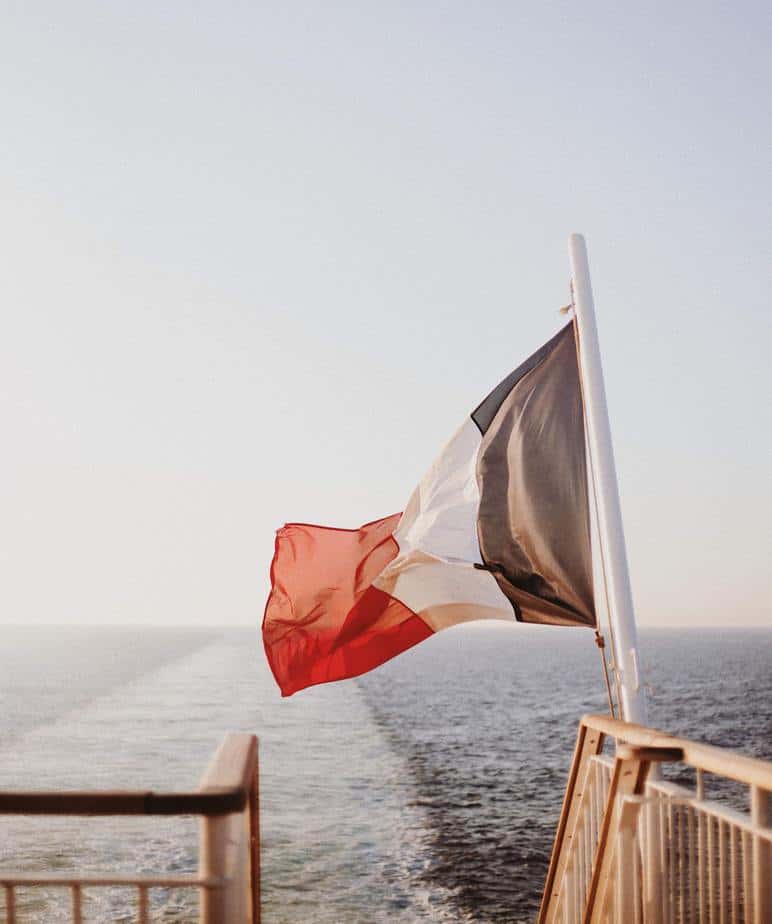
by Avery Evans – Unsplash
7. It is Illegal to Destroy a French Flag in Public
8. many countries in africa adopted similar flags after the french.
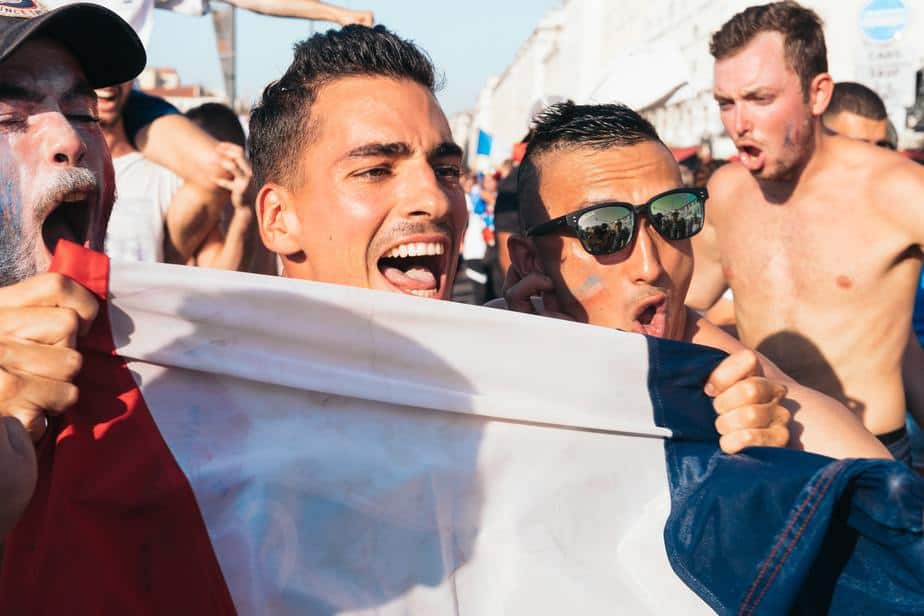
by Matthieu Joannon – Unsplash
Planning a trip to Paris ? Get ready !
These are Amazon’s best-selling travel products that you may need for coming to Paris.
- The best travel book : Rick Steves – Paris 2023 – Learn more here
- Fodor’s Paris 2024 – Learn more here
Travel Gear
- Venture Pal Lightweight Backpack – Learn more here
- Samsonite Winfield 2 28″ Luggage – Learn more here
- Swig Savvy’s Stainless Steel Insulated Water Bottle – Learn more here
Check Amazon’s best-seller list for the most popular travel accessories. We sometimes read this list just to find out what new travel products people are buying.
Natalie is a film photographer and is fascinated by both humans and astrology. She enjoys roaming the streets of Paris by foot, and is inspired by the city’s timeless, Bohemian flair and the soul in districts such as Le Marais and Menilmontant.
Hello & Welcome
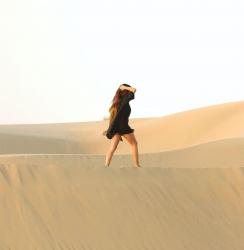
Free walking tours in Paris
Top 5 Tours & Sightseeing in Paris
- Tickets for Louvre Museum
- Musée d'Orsay Reserved Access
- Free Montmartre Tour
- Guided Tour of the Eiffel Tower + Summit access
- Arc de Triomphe: Skip The Line + Rooftop Access
with GetYourGuide and Tiqets
Popular Articles

Top 20 Streets to See in Paris

Paris in two days

Top 15 Things to do Around the Eiffel Tower

The Best Way to Visit Paris Museums

Top 15 Fashion Stores in Le Marais
Visit europe with discover walks.
- Paris walking tours
- Montmartre walking tour
- Lisbon walking tours
- Prague walking tours
- Barcelona walking tours
- Private tours in Europe
- Privacy policy
© 2024 Charing Cross Corporation

IMAGES
COMMENTS
Tours (/ t ʊər / TOOR, French: ⓘ) is the largest city in the region of Centre-Val de Loire, France.It is the prefecture of the department of Indre-et-Loire.The commune of Tours had 136,463 inhabitants as of 2018 while the population of the whole metropolitan area was 516,973.. Tours sits on the lower reaches of the Loire, between Orléans and the Atlantic coast.
The municipality of Tours (136,252 inhabitants in 2015; 3,436 ha) is located on river Loire, 225 km south-west of Paris, in the traditional province of Touraine. The historical importance of Tours is explained by its geographical location, on the junction of two main roads linking Lyon to Brittany and Paris to Bordeaux, respectively.
At Flag, we believe travel is not just a one-time experience, but a voyage of lifelong exploration and excitement. ... 1 tour packages. Visit France. 6 Nights/7 Days. Paris & Provence Starts From: € 1459 / £ 1343. View All France Packages. Letters from Europe.
Official flag of the Tour de France. The official flag of Tour de France is in size 100 cm x 140 cm, yellow with the logo of the race, made of the stylized name of the race ("Le Tour de France") in black letters an a white disk (yellow on the self-standing logo).A careful examination of the logo reveals that the "O" (with a dot inside), the "U" and the "R" (with a dot on the right) of "TOUR ...
For the French sociologist, see Alain Touraine. Touraine ( US: / tuˈreɪn, tuˈrɛn /; [1] [2] [3] French: [tuʁɛn]) is one of the traditional provinces of France. Its capital was Tours. During the political reorganization of French territory in 1790, Touraine was divided between the departments of Indre-et-Loire, Loir-et-Cher, Indre and Vienne .
6. Pay homage to St. Martin at the Basilique Saint Martin. A lovely church built over the tomb of St. Martin of Tours, Basilique Saint Martin has a very long history. The site itself dates back to the 5th century, when the first church was built. It was completely destroyed during the French Revolution in 1793.
The Tour de France (French pronunciation: [tuʁ də fʁɑ̃s]; English: Tour of France) is an annual men's multiple-stage bicycle race held primarily in France. It is the oldest of the three Grand Tours (the Tour, the Giro d'Italia, and the Vuelta a España) and is generally considered the most prestigious.. The race was first organized in 1903 to increase sales for the newspaper L'Auto and ...
2. Musée des Beaux-Arts de Tours. Source: saiko3p / shutterstock. Musée des Beaux-Arts de Tours. The riches from Cardinal Richelieu's 17th-century campaign against the Huguenots and the art seized from abbeys during the Revolution all ended up at Tours' stellar museum of fine art.
The evolution of the French Flag. The flag of France before the French Revolution featured the fleur-de-lis on a blue background. The Bourbon family who ruled from the late 1500's to the time of the French Revolution (and for a short while in the 1800s) had a white flag with gold fleur-de-Lis.
After the military victories of Napoleon I under the Tricolor, the Bourbon Restoration in 1814/15 led to the replacement of all symbols. The white flag was again supreme, but the revolution of 1830, which put Louis-Philippe on the throne, restored the Tricolor. In 1848 many sought to impose a communist red banner on France, and for two weeks the Tricolor itself was altered, its stripes ...
Share. The "tricolore" (three-colour) flag is an emblem of the Fifth Republic. It had its origins in the union, at the time of the French Revolution, of the colours of the King (white) and the City of Paris (blue and red). Today, the "tricolour" flies over all public buildings. It is also flown at most official ceremonies, both civil and military.
I just want to clarify the meaning of some flags that may be unfamiliar to many Tour de France viewers. 1st Flag: Ikurrina (the Basque flag) The most famous one that you all probably know, it represents the Basque Country. However it can represent two things: the "Basque Country" as the autonomous community of Spain, containing three provinces ...
The history of the France National Flag dates back to the Middle Ages. During the reign of King Louis VII (1137-1180), blue and red flags adorned with golden fleurs-de-lis were used by the French knights. However, the current Tricolor was not introduced until the French Revolution of 1789.
Here are the best things to do in Tours. 1. Tours Cathedral. Source: wjarek / shutterstock. Cathedral of Saint-Gatien. With a fine riverside location, the current Cathedral of Saint-Gatien was begun in 1170. However, the two intricately-decorated towers on its main façade date from only the fifteenth century.
8. The French Tricolor. The drapeau tricolore or the French Tricolor has been France's national flag since 1830, when King Louis-Philippe restored the three-colored banner after the July Revolution. The French Constitutions of 1946 and 1958 instituted the "blue, white, and red" on the national flag of France.
The national flag of France (French: drapeau français) is a tricolour featuring three vertical bands coloured blue (), white, and red.It is known to English speakers as the Tricolour (French: Tricolore), although the flag of Ireland and others are also known as such. The design was adopted after the French Revolution, where the revolutionaries were influenced by the horizontally striped red ...
The motivation for this new flag came about during the French Revolution; a time during which France saw immense change in terms of governance and socio-economic structure.. Much of the uprising took place at street level, and civilians would don blue and white rosettes on their clothing as a symbol of like-minded unity. 1789 saw the formation of the National Guard, at which point the chief of ...
The 2022 Tour de France sees 176 riders compete for the famous yellow jersey or maillot jaune which rewards the overall winner of the race. While the yellow jersey, won in 2020 and 2021 by ...
With the In-depth Cultural tour Paris & Provence, you have a 7 days tour package taking you through Paris, France and 2 other destinations in France. Paris & Provence includes accommodation in a hotel as well as meals, transport and more. ... The following cards are accepted for "Flag Travel Holidays" tours: Visa, Maestro, Mastercard, American ...
Details. France. jpg [ 31.7 kB, 334 x 500] three equal vertical bands of blue (hoist side), white, and red; known as the "Le drapeau tricolore" (French Tricolor), the origin of the flag dates to 1790 and the French Revolution when the "ancient French color" of white was combined with the blue and red colors of the Parisian militia; the official ...
At the Le Tour de France Store, we take pride in offering an extensive selection of high-quality cycling merchandise. Discover a wide range of products, including Le Tour de France shirts, jerseys, shorts, gloves, helmets, and shoes, all designed to provide comfort and performance during your rides. We also feature an exclusive collection of Le ...
White is also the color of the Virgin Mary and Joan of Arc. The red and blue are ties to Paris, the French capital. They are considered to be Paris' time-honored colors. 2. Throughout History the French Flag has Changed Depending on Who is in Power. France has a history of implementing new flags every time a new régime takes over.
Mountfly New Le Tour de France Flag Cycling Bike Shop Biking Race Banner Flag 3X5 Feet Man Cave. 4.6 out of 5 stars 43. $16.99 $ 16. 99. FREE delivery Fri, Aug 4 on $25 of items shipped by Amazon. Only 7 left in stock - order soon. French Flag Party Supply Bundle with Paper Plates and Napkins for 16 Guests.